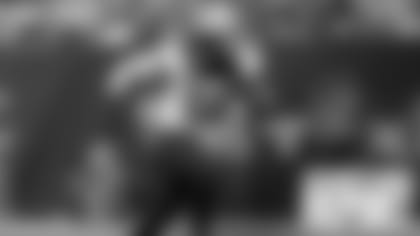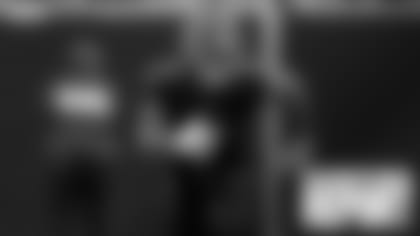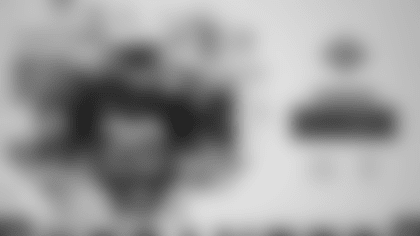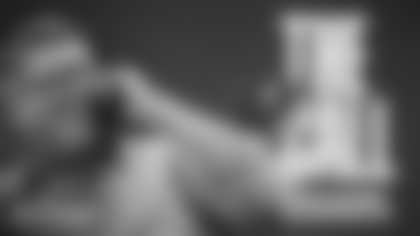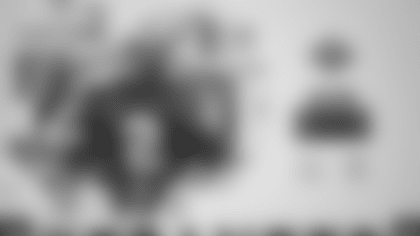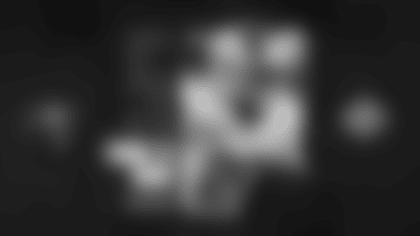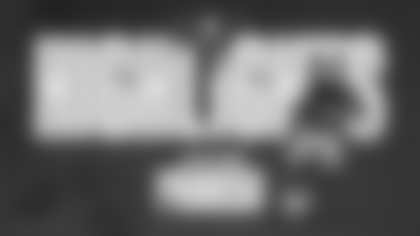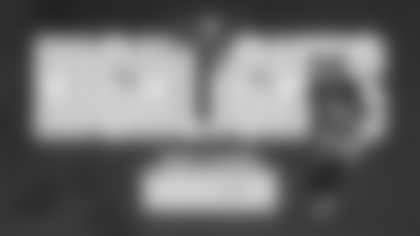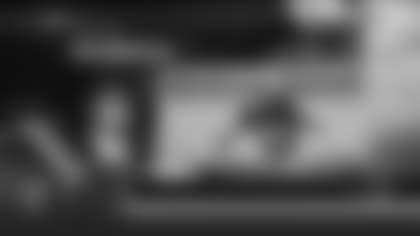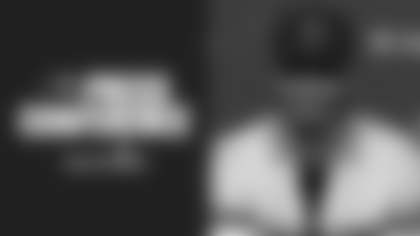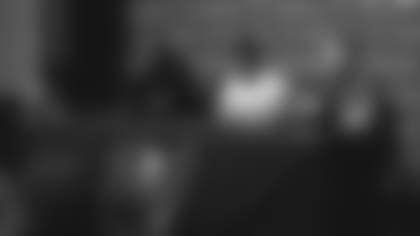The Tampa Bay Buccaneers and Chicago Bears will bring identical 3-1 records to their Thursday night clash at Soldier Field, but they got to those marks in different ways. The Buccaneers opened the season with a division loss in New Orleans but have won three straight since as their offense has steadily gotten more efficient and productive behind Tom Brady. The Bears won their first three games, including a miracle comeback against Atlanta in Week Three, but had their worst outing last weekend, with just 269 yards and 11 points in a home loss to the Colts.
Through it all, both teams have played tight defense, however, and that could very well be the story of Thursday's game. That's especially true given the injuries plaguing Brady's cast of pass-catchers and the Bears' attempts to adjust to a new starting quarterback. Chicago has allowed 20.3 points per game, which is seventh-best in the NFL, while the Buccaneers are tied for 10th with 23.0 points allowed per outing.
Chicago's defense is led by outside linebacker Khalil Mack, who has been to the last five Pro Bowls, is a three-time first-team Associated Press All-Pro and was the 2016 NFL Defensive Player of the Year while with the Raiders. Mack is in his third season in Chicago after a dramatic trade in 2018 and he has not disappointed, racking up 21 sacks in 2018-19. He has one so far this year and forms a dangerous inside-outside rush tandem with defensive tackle Akiem Hicks, who leads the team with 3.5 sacks.
The linebacking corps is the strength of the Bears defense, carrying on a long Chicago tradition. Mack is paired with newcomer Robert Quinn, who has 81.5 career sacks, on the edges while Roquan Smith and Danny Trevathan roam the middle of the field. The eighth-overall pick in the 2018 draft, Smith has the speed and instincts to make plays all over the field, as evidenced by his 222 tackles, seven tackles for loss, two interceptions, seven passes defensed and seven sacks across his first two seasons. Smith already has five tackles for loss in 2020 and he leads the Bears' defense with 33 stops overall.
Chicago's defense has been good in high-leverage situations, ranking third in third-down conversion rate allowed and first in red zone touchdown percentage allowed. Heading into Week Four, the Los Angeles Chargers had the league's best red zone defense, but after the Buccaneers went four for five in that category on Sunday the Bears took over the top spot at 37.50%. The Bears have also so far been able to stay healthy on defense (as have the Buccaneers), which has provided a helpful continuity in this difficult season. Ten of the Bears 11 starters have opened all four games so far. Quinn missed the opener but has played in the last three games and he and Barkevious Mingo have split the starts at one OLB spot. Mack and Hicks are on the Bears' injury report this week but both have been on the practice field
The Bears' offense was really, really good in the fourth quarter of the aforementioned game in Atlanta, as Nick Foles (who had taken over for Mitchell Trubisky in the third quarter) led them to 20 unanswered points and a 30-26 lead over the snake-bitten Falcons. Chicago put up nearly 200 yards in that quarter alone, putting together three straight touchdown drives. Overall, though, after a quarter of the season the Chicago offense ranges from middle of the pack to lower third in most offensive categories, including points scored (25th), yards (24th), passing (21st), rushing (20th) and third-down conversions (31st).
Trubisky and Foles have now thrown a similar number of passes this season (86 and 71, respectively) and they have nearly identical passer ratings (87.3 and 84.1). Chicago's passing attack has the NFL's lowest completion percentage (59.2%) and ranks 28th in yards per attempt (6.4). The rushing attack has shown promise behind second-year back David Montgomery, who has taken over the lead role after a good rookie season and has 218 yards and an average of 4.1 yards per carry.
The Bucs will try to get their first 4-1 start to a season since 2005 on Thursday night while the Bears will look to prove that their 3-0 start was more indicative of their talent than their Week Four loss. Here's a closer look at some of the challenges and opportunities the Bucs will encounter in Chicago when they play before a national audience for the first time in 2020:
BEARS DIFFERENCE-MAKERS
Khalil Mack is the Bear most likely to wreck a game plan by himself and is surely the first focus for Tampa Bay's offense, though Akiem Hick and Robert Quinn are pass-rushers that must be accounted for as well. Obviously, Nick Foles is the player the Bears are hoping will be the difference-maker on their offense since they have turned the keys over to the veteran passer. Here are four additional Chicago players who could make things difficult for the Buccaneers on Thursday night:
1. DT Akiem Hicks. Hicks is a 347-pound problem for the Buccaneers' interior offensive linemen, who are coming off their best game in the win over the Chargers. As mentioned above, he leads the Bears' defense with 3.5 sacks so far this year and, before missing most of the 2019 season due to injury, had piled up 23 sacks over the previous three seasons. Hicks is solidly built and he explodes off the line with power, helping him bull-rush blockers back into the quarterback's path. Even at the age of 30, however, Hicks also shows off some surprising quickness and can surprise his opponent with a sudden spin move. His nine quarterback hits through four games is just one off the NFL lead, which is shared by Aaron Donald and T.J. Watt. Unsurprisingly, given his size and power, Hicks is also very strong against the run and can hold up multiple blockers.
2. WR Allen Robinson. For the third time this season, the Buccaneers will face an offense featuring one receiver who gets far more targets than any of his teammates. Carlton David helped the Bucs' defense shut down the first one, the Saints' Michael Thomas, and while the Chargers' Keenan Allen caught eight passes in Week Four they only amounted to 62 yards. The Bears' offensive focal point is Robinson, who has 41 targets, which ranks fourth in the NFL and is nearly double the next most-targeted player on the team. Also like Thomas and Allen, Robinson is a big receiver (6-2, 220) who can snare jump balls and win on contested catches. He has 25 catches for 332 yards and two touchdowns through the first four games and should be one of the first priorities for the Tampa Bay defense to contain.
3. CB Kyle Fuller. Fuller has been two the last two Pro Bowls, as he snared 10 interceptions during the 2018-19 seasons combined. He has yet to pick off a pass in 2020 but does have five passes defensed, which is tied for fourth in the NFL. In addition to his coverage skills, the former first-round draft pick is very good at limiting opponents from getting a lot of yards after the catch. At 5-11 he gives up a few inches to some of the NFL's top receivers but he's a match for almost all of them when it comes to physical play down the field. With a rookie playing the opposite cornerback position, Fuller might be asked to shadow the Buccaneers' top receiver on Thursday night…although with the injuries that group is dealing with it's difficult to say at this moment who that will be.
4. WR Cordarelle Patterson. Patterson is listed as a wide receiver on Chicago's roster but that's actually the least likely position at which he would do damage to the Buccaneers' chances. First of all, Patterson may be the NFL's best kickoff return man of the last eight years, even as he's bounced around to four teams. His career average of 29.9 yards per kickoff return since entering the league with Minnesota in 2013 is the best by any qualifying player in that span. Patterson is also used in the Bears' running game and not just the occasional end-around. He has 18 carries on the season, second only to David Montgomery on the Chicago roster, and has gained 62 yards. Patterson has also caught four passes for 20 yards. Though he has never lived up to his first-round status as a pass-catcher, Patterson is still capable of making a game-changing play with the football in his hands.
STRENGTHS
Chicago's offense ranks 12th in yards per carry and has done a fairly good job of protecting its quarterbacks, ranking 13th in the NFL with a sacks-allowed-per-pass-attempt rate of 5.10%. The Bears defense has been tough to throw against, ranking sixth in yards allowed per pass play and ninth in yards allowed per game. With Patterson and Ted Ginn the Bears have multiple players who are threats to break long punt and kickoff returns. Here are some more specific areas in which the Chargers have done well early in the 2020 season:
· With those pass-rushers noted above, the Bears' defense can get pressure on quarterbacks without resorting to extra blitzers, and they know it. Over the past three weeks, Chicago has gone after the passer with just four defenders on 71% of opposing drop-backs. They have recorded 28 pressures and three sacks on those plays, with an excellent pressure success rate of 34.6%.
· The kickoff return has been somewhat marginalized in today's NFL but the Bears have had good success on them in 2020. They've had 14 returns through four games (by comparison, the Bucs have four and their opponents have zero) and they've picked up 367 yards. Patterson is averaging 29.1 yards per kickoff return, and that's actually a bit below his outstanding career average of 29.9 yards per return.
· Foles and Trubisky have done a good job of spreading the ball around in the passing game, particularly in terms of finding different targets for their touchdown passes. TE Jimmy Graham leads the way with three but WRs Allen Robinson and Anthony Miller have two each and WR Darnell Mooney, RB David Montgomery and WR Javon Mims have one each.
· As noted earlier, the Bears currently have the best red zone defense in the league, in terms of drives being converted into touchdowns. One reason for that is how tight the Chicago pass defense has become when the field is compressed. Opposing passers are only completing 35.0% of their pass attempts on plays snapped inside the red zone, which is the third-lowest average allowed by any defense this season.
View photos of the Tampa Bay Buccaneers 53-man roster.
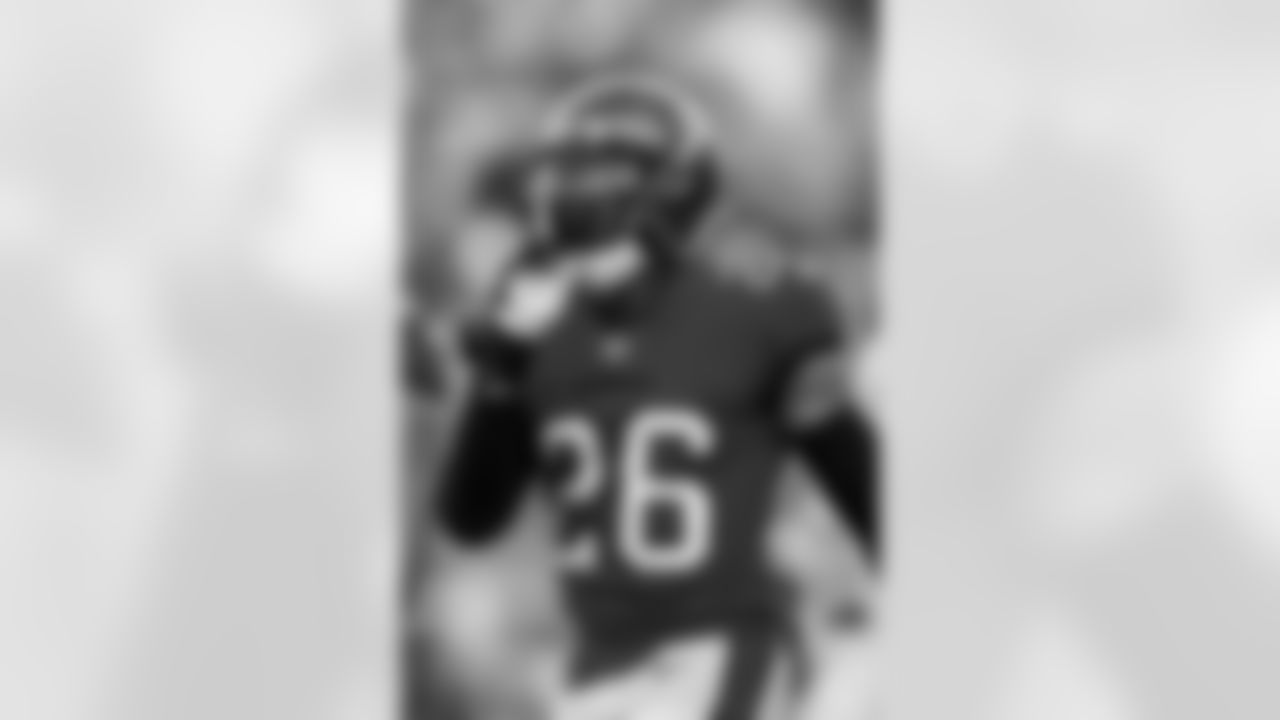
S Andrew Adams
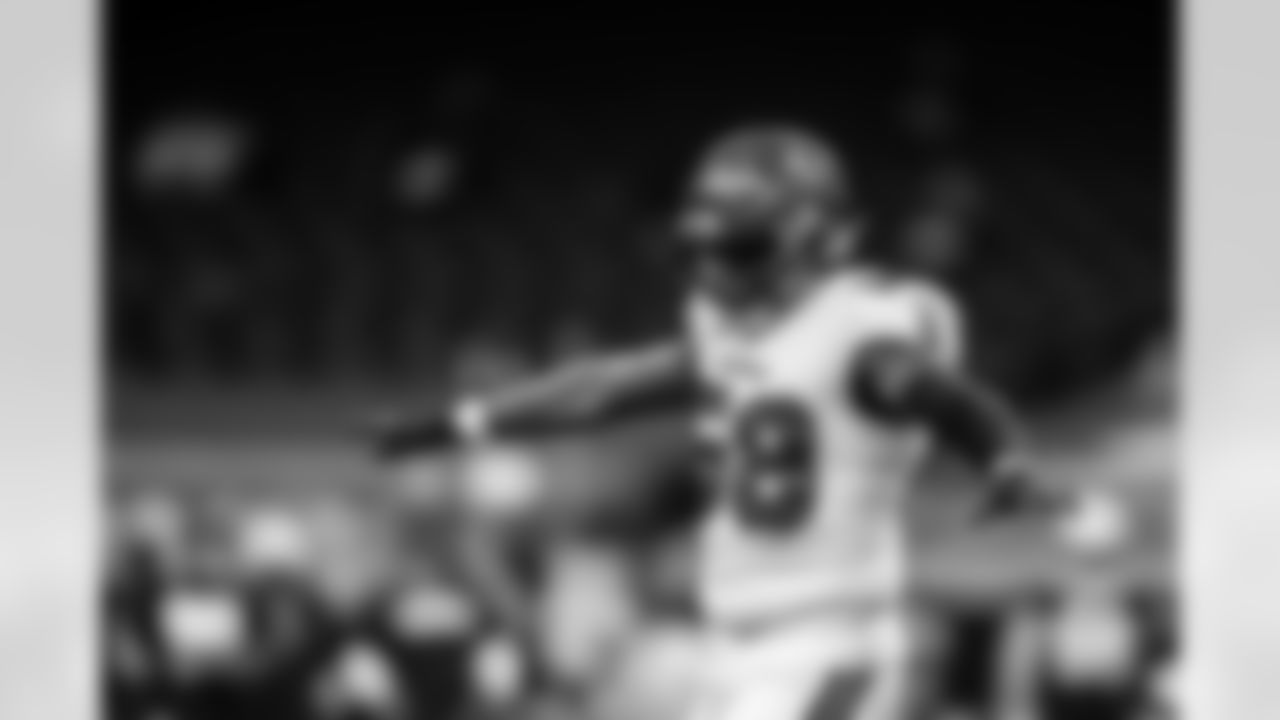
OLB Shaquil Barrett
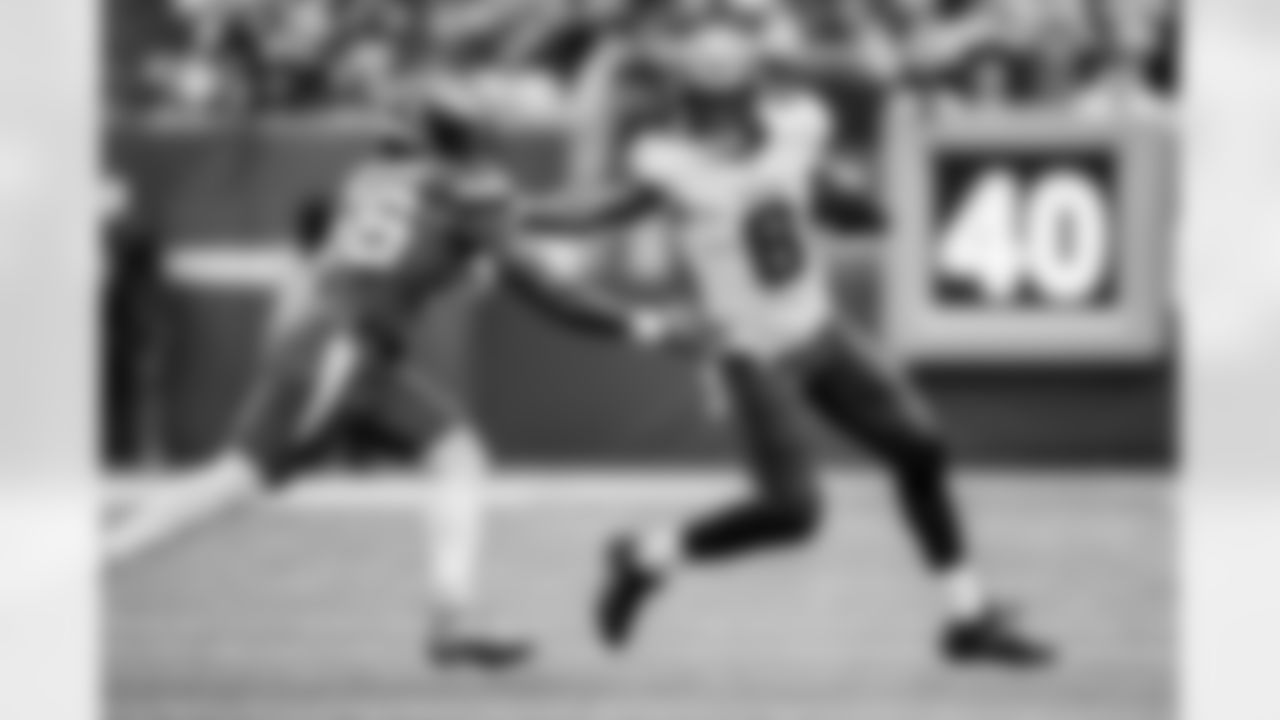
RB Le'Veon Bell
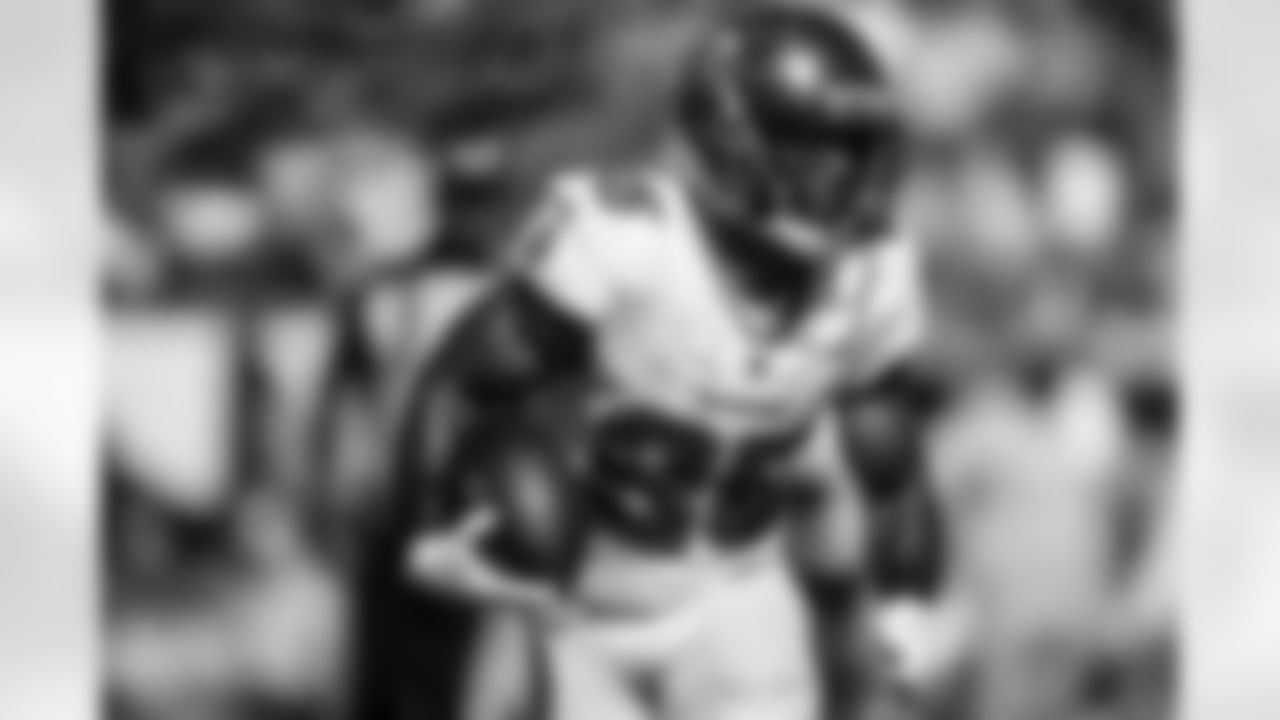
RB Giovani Bernard
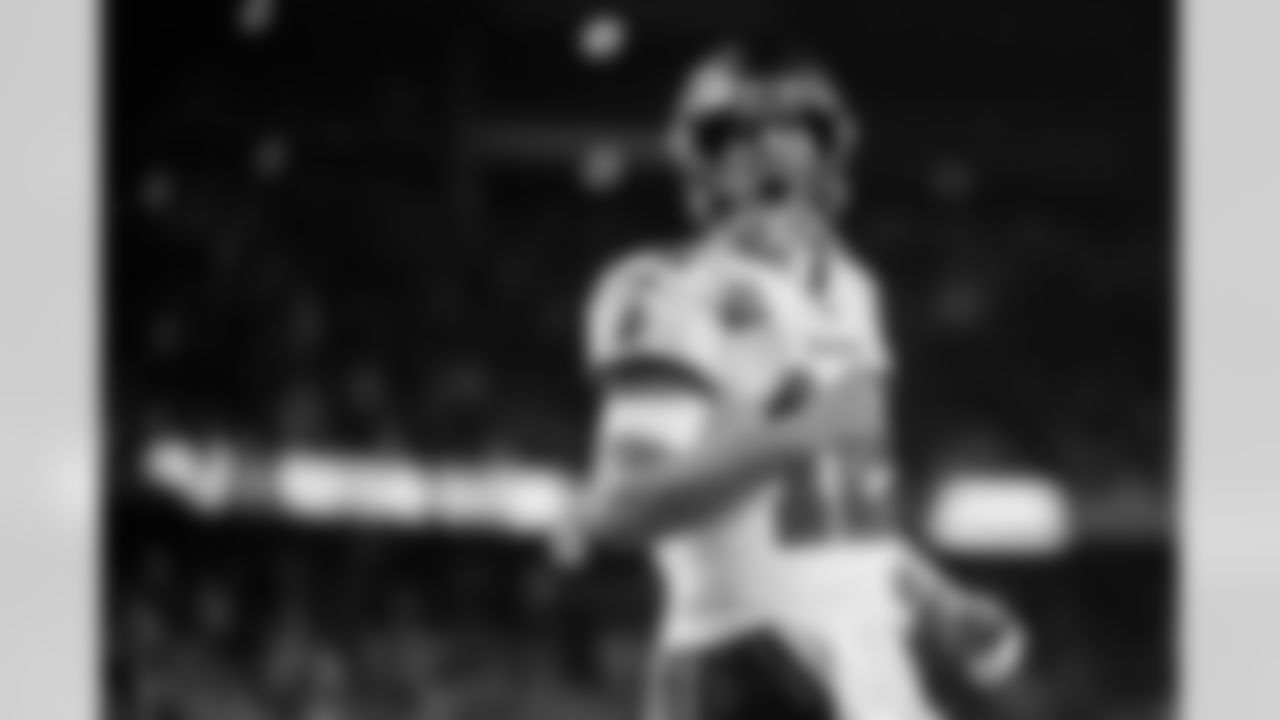
QB Tom Brady
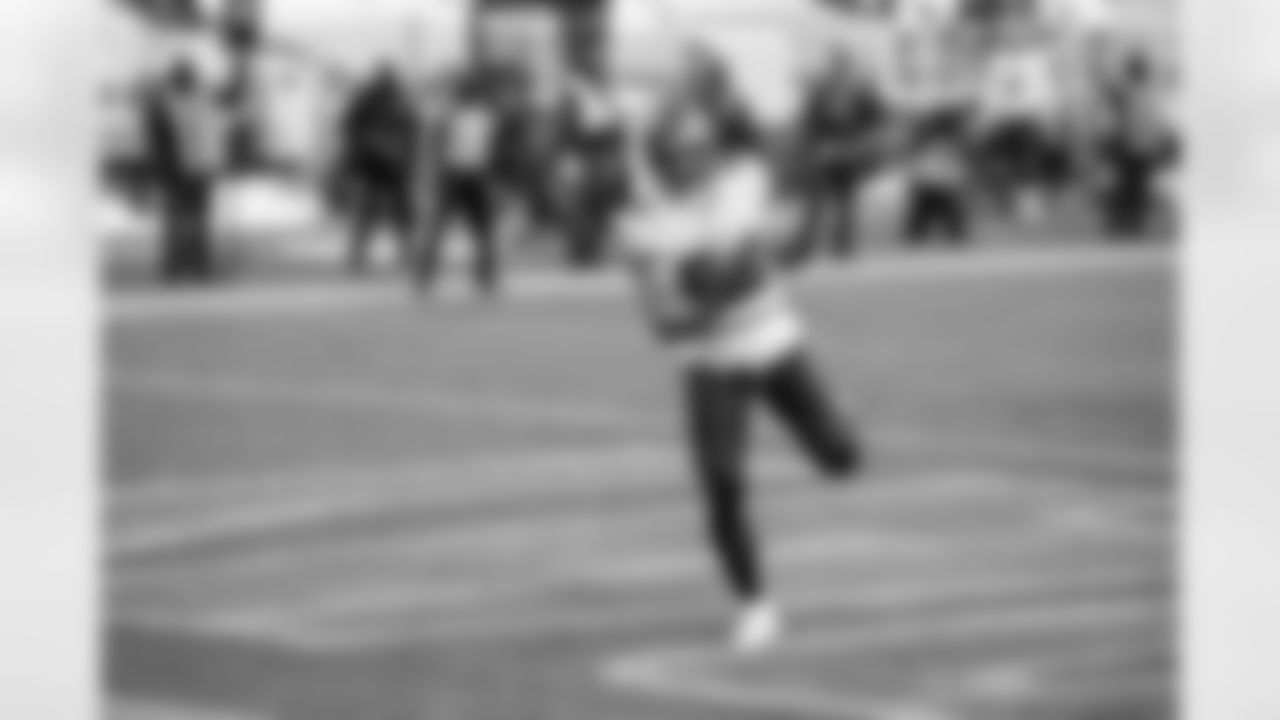
TE Cameron Brate

OLB K.J. Britt
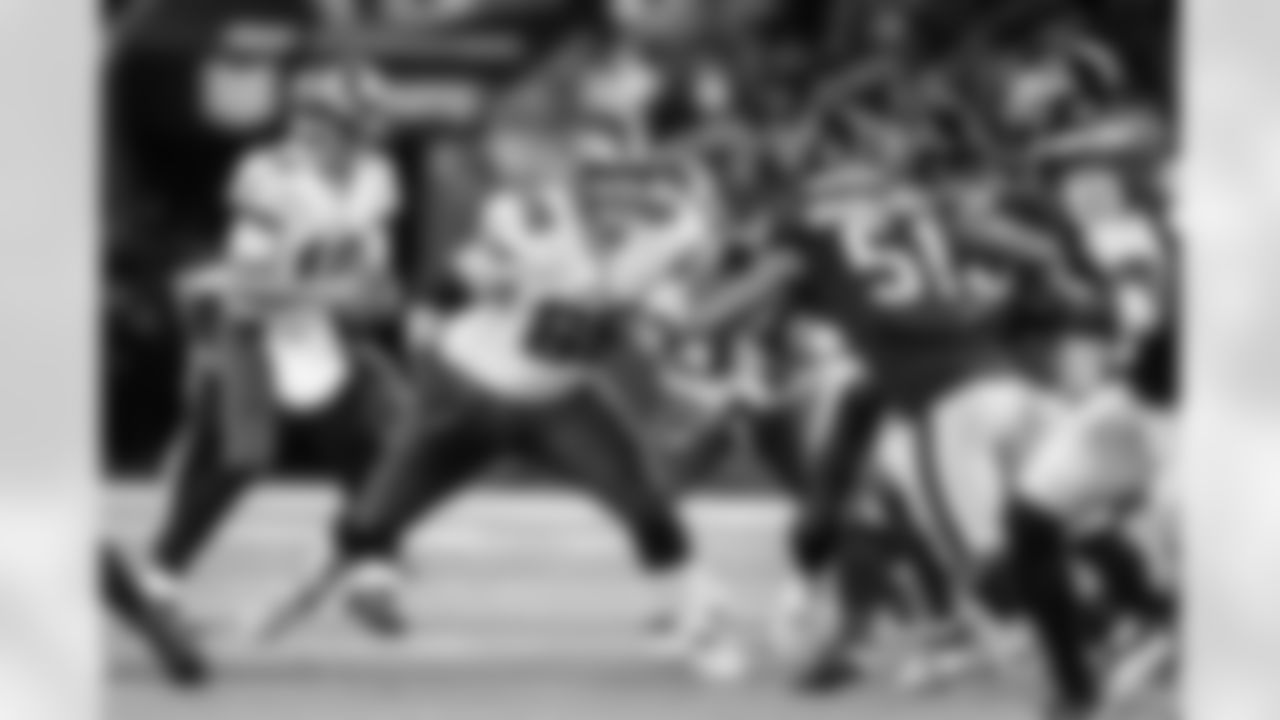
G Alex Cappa
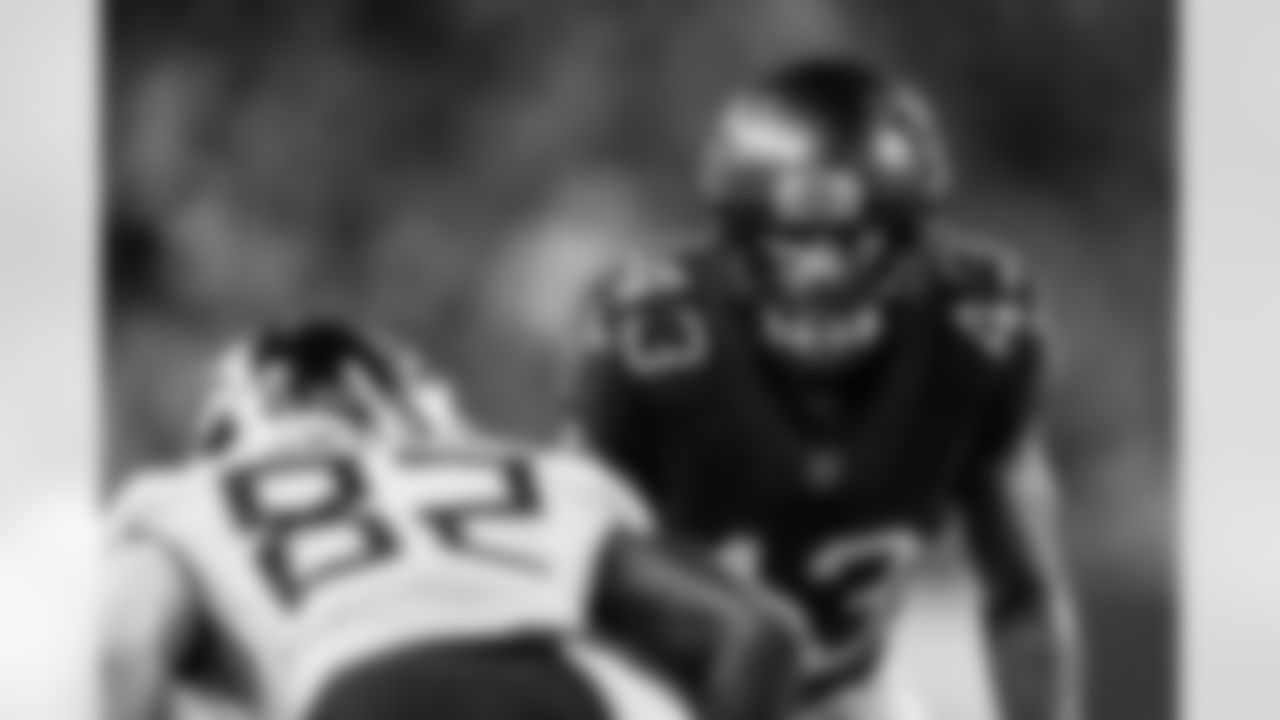
CB Ross Cockrell
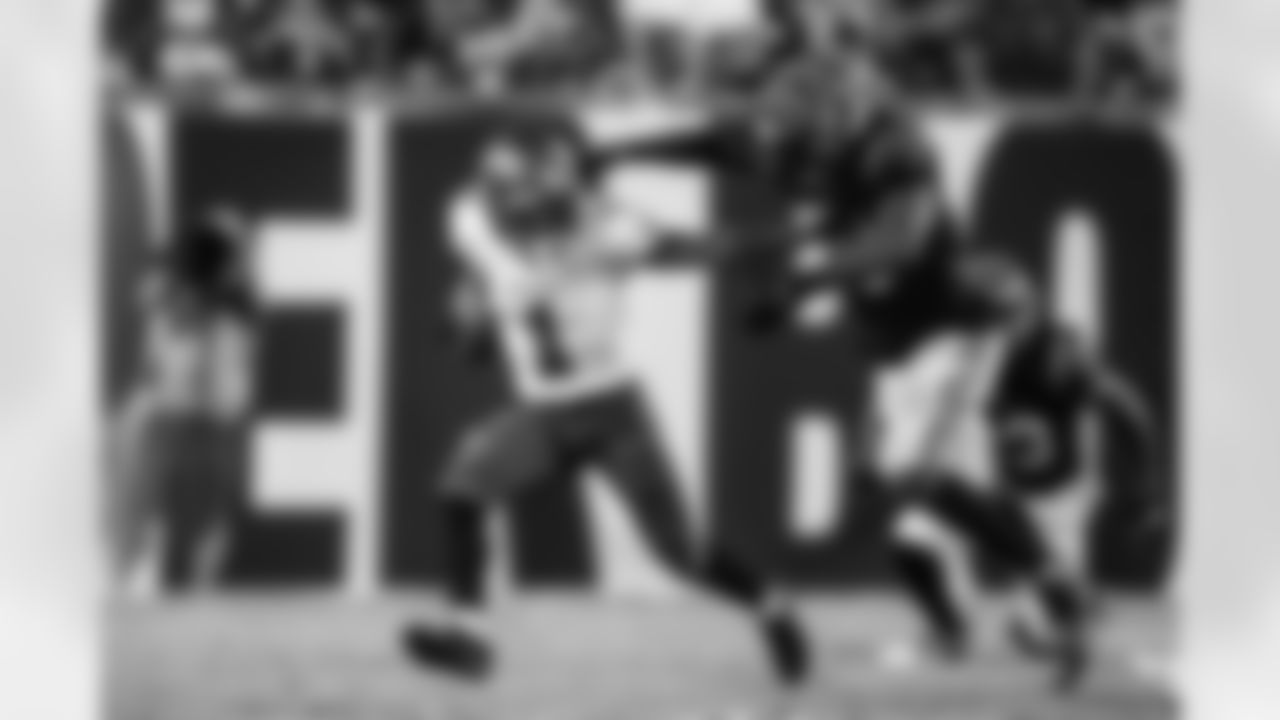
WR Jaelon Darden
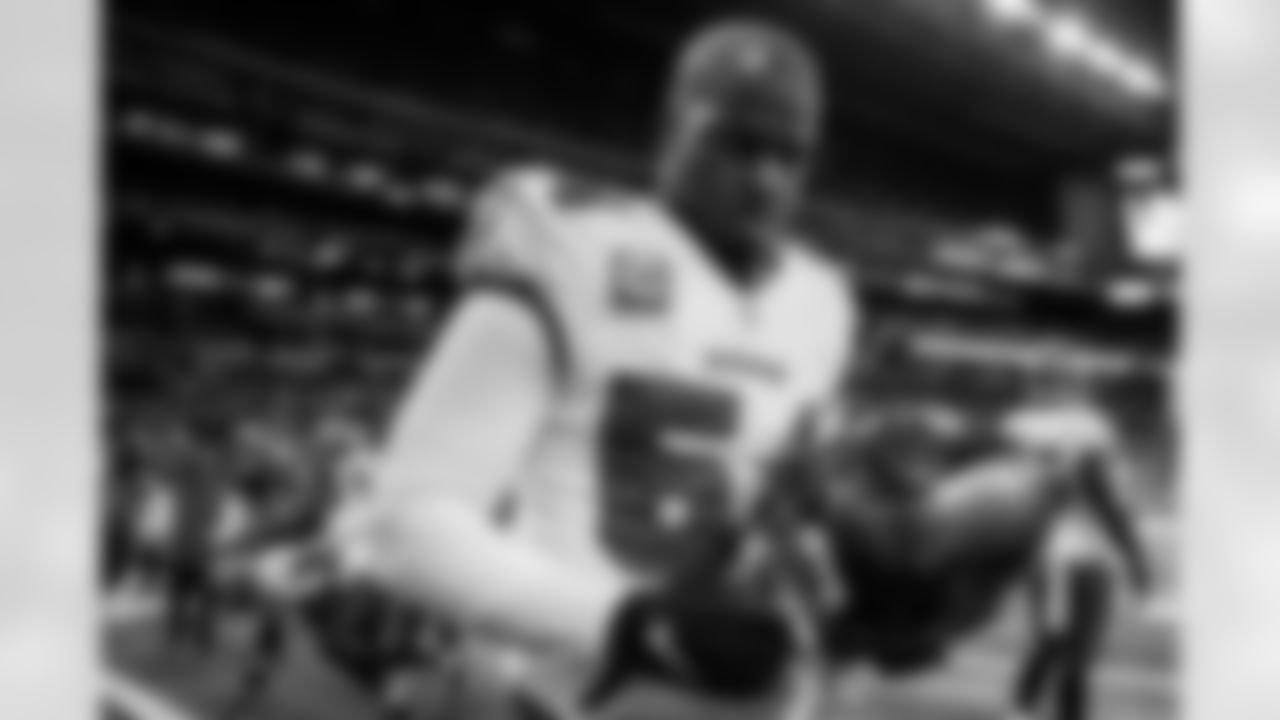
ILB Lavonte David
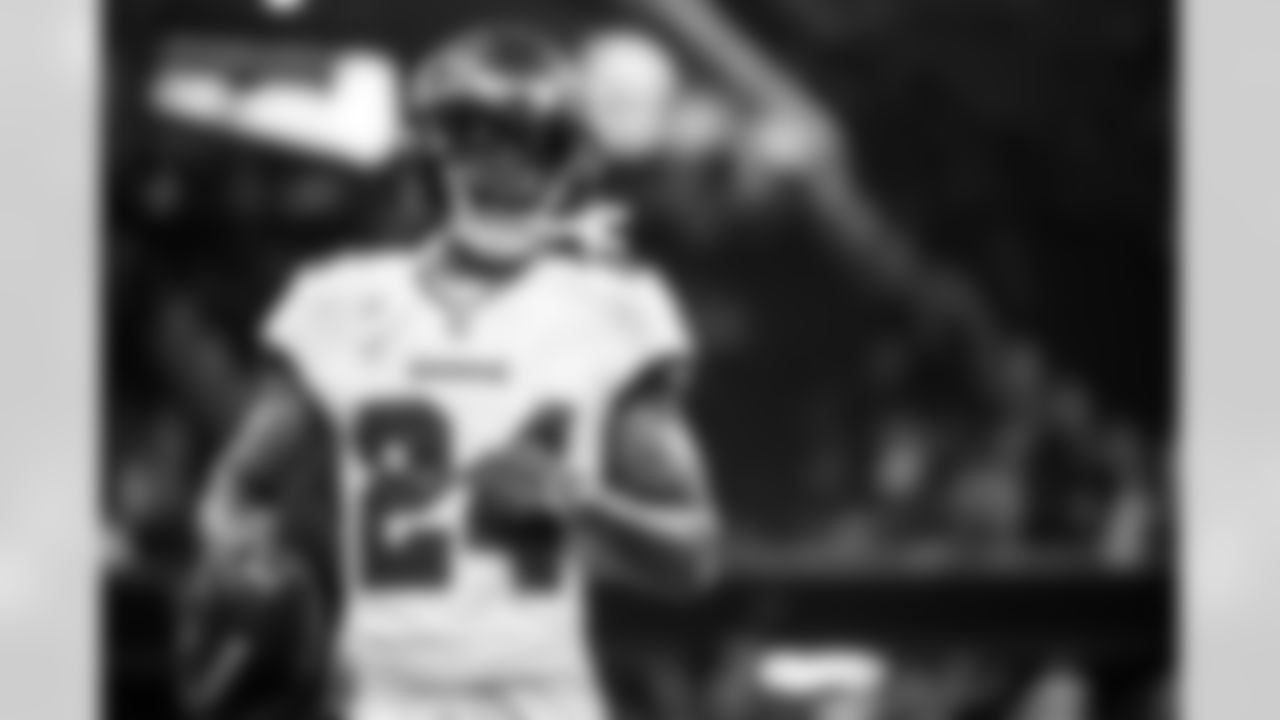
CB Carlton Davis III
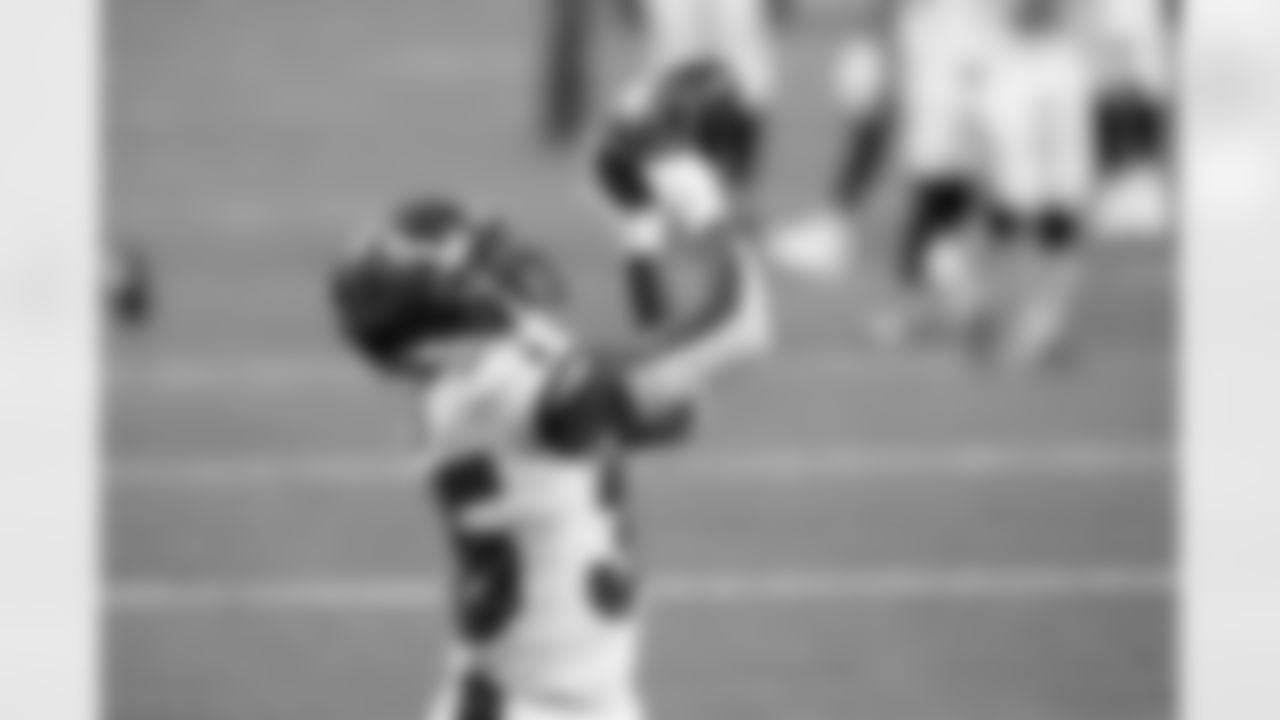
CB Jamel Dean
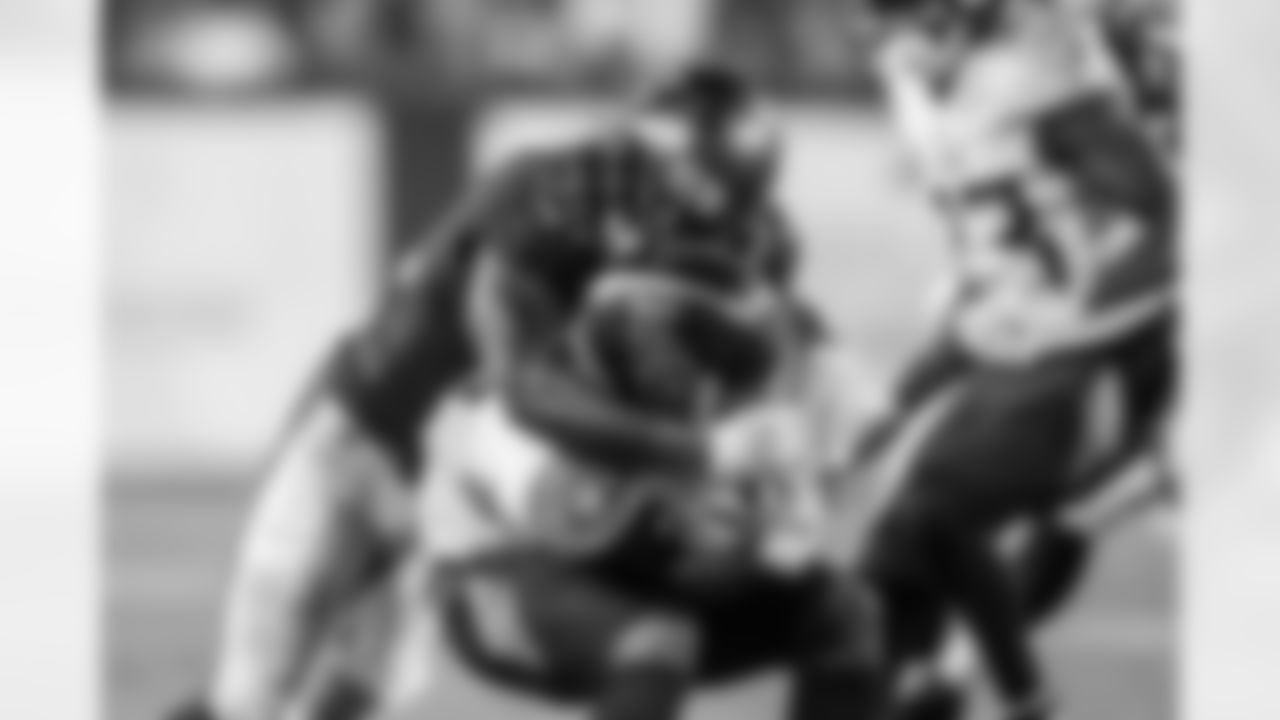
CB Dee Delaney
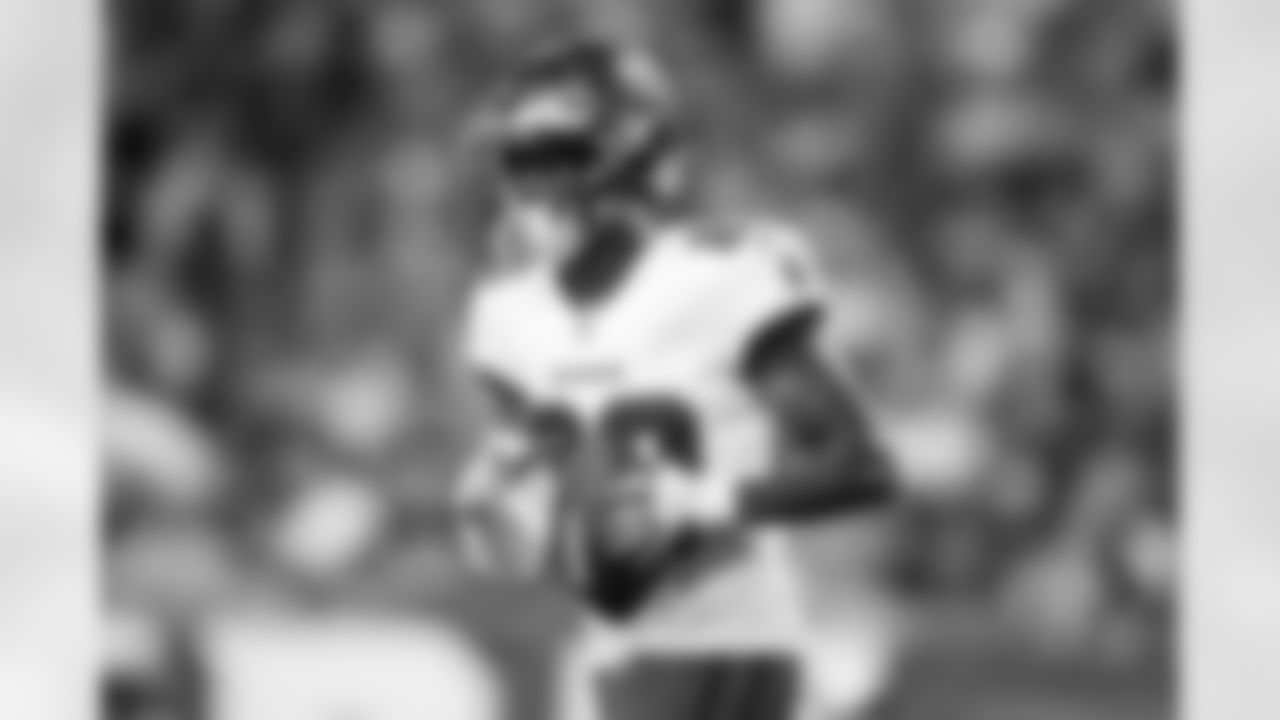
CB Pierre Desir
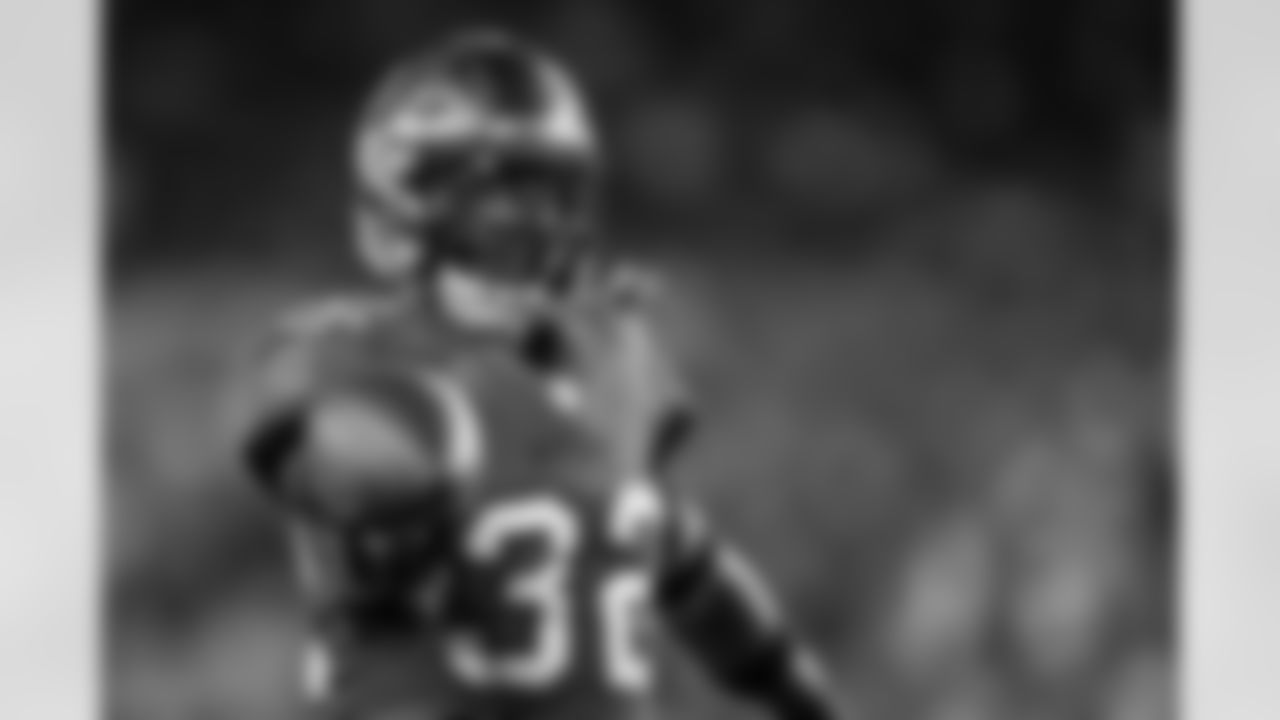
S Mike Edwards
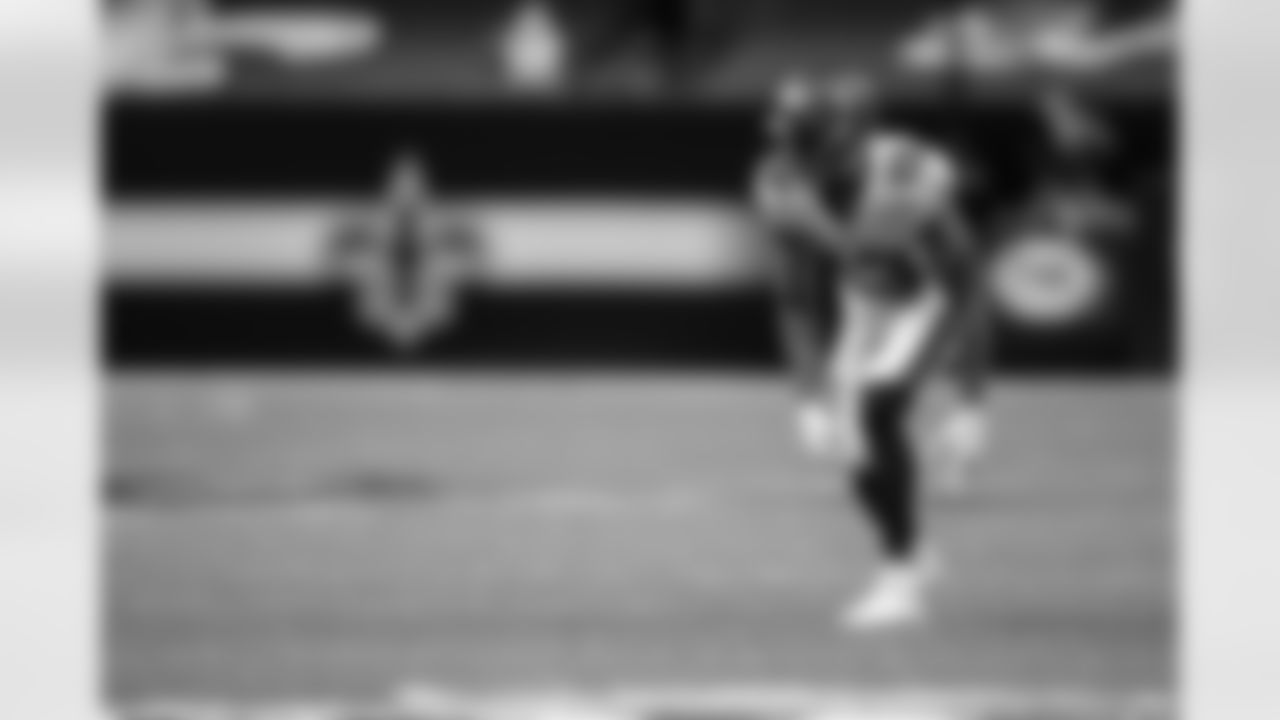
WR Mike Evans
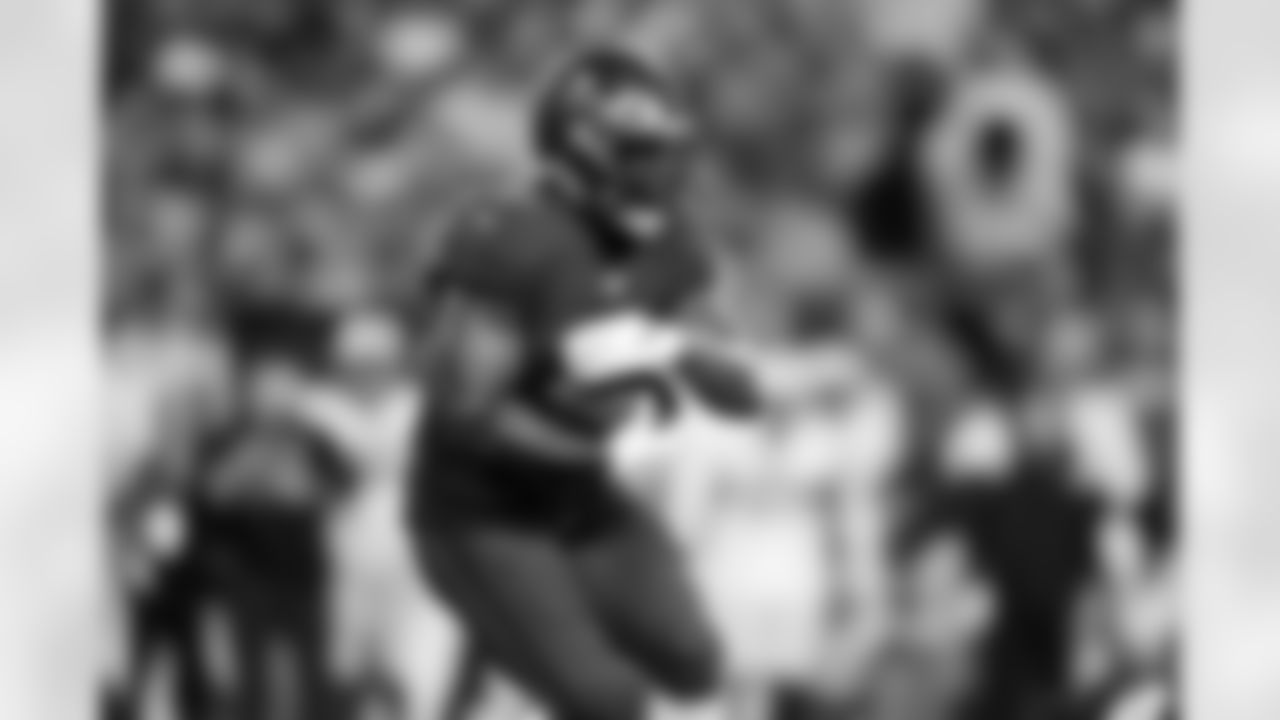
RB Leonard Fournette
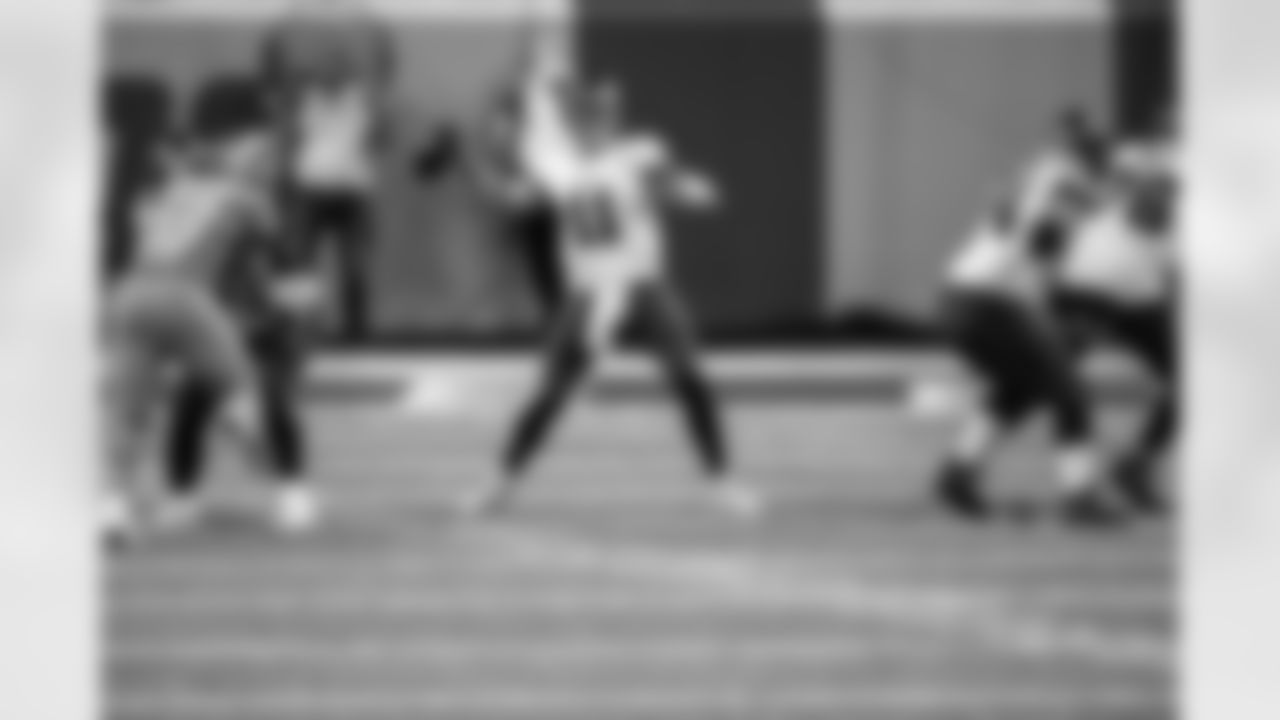
QB Blaine Gabbert
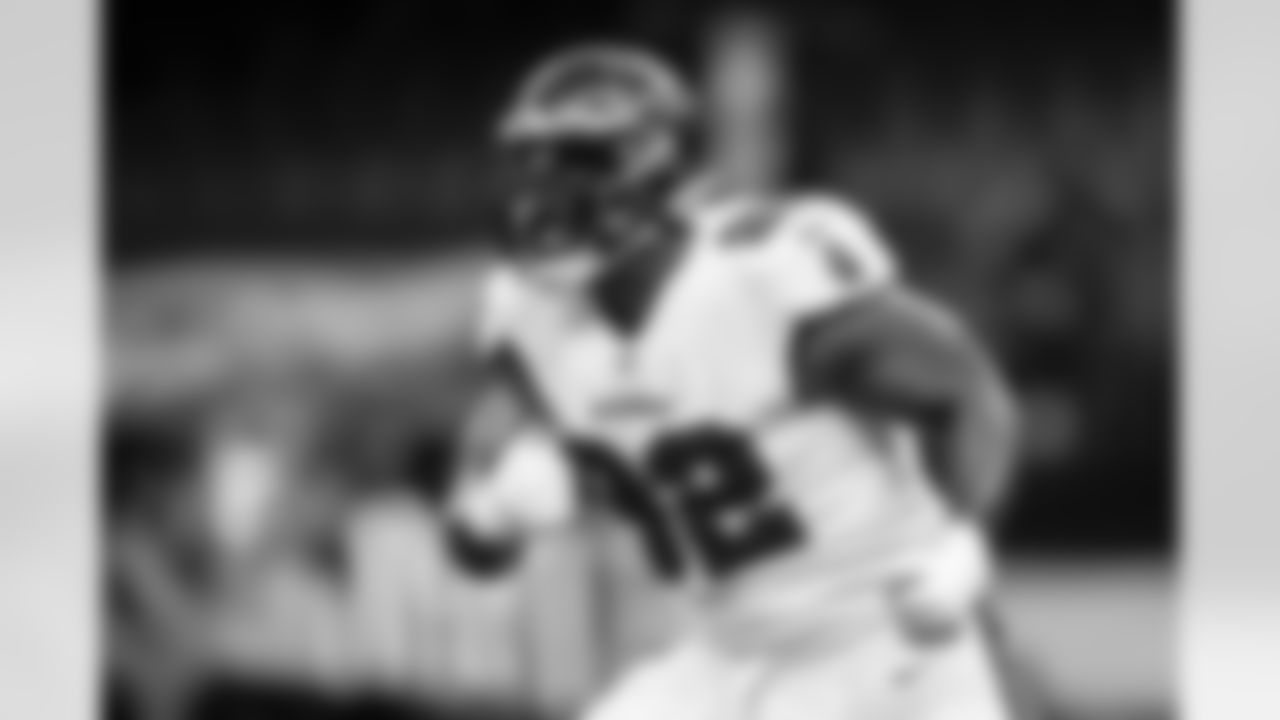
DL William Gholston

OLB Cam Gill
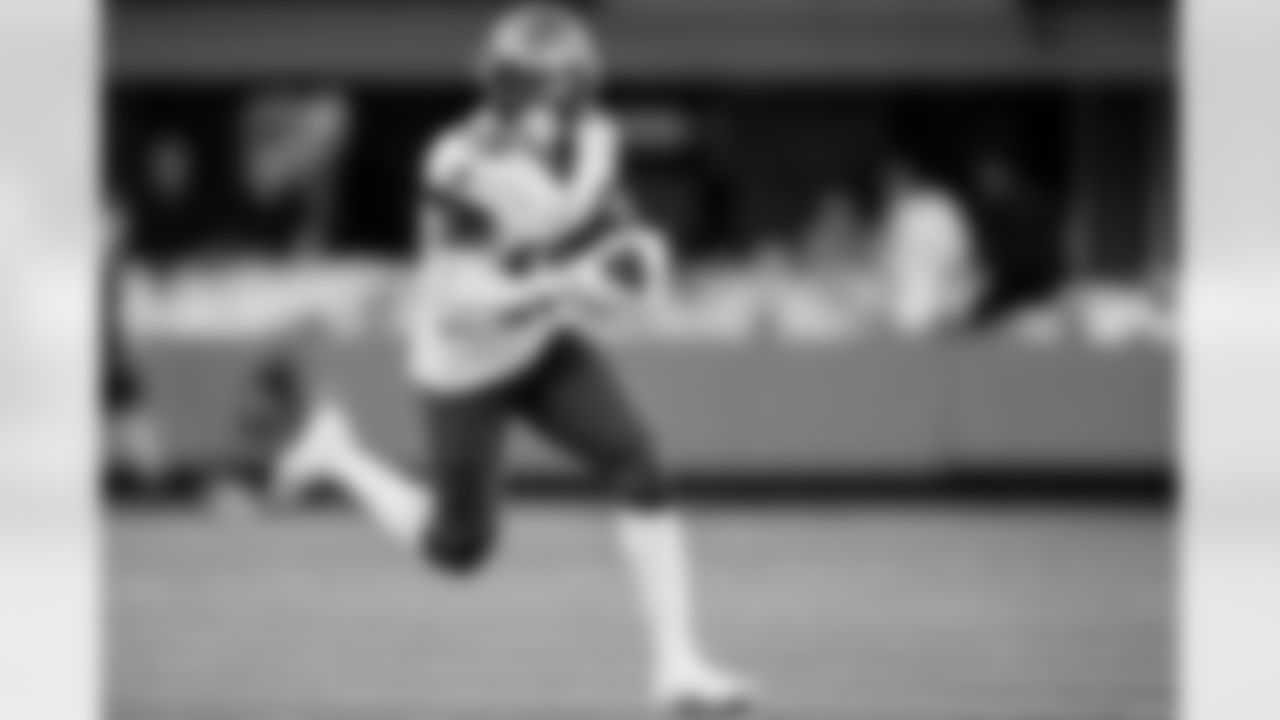
WR Cyril Grayson Jr.

TE Rob Gronkowski

OL Robert Hainsey
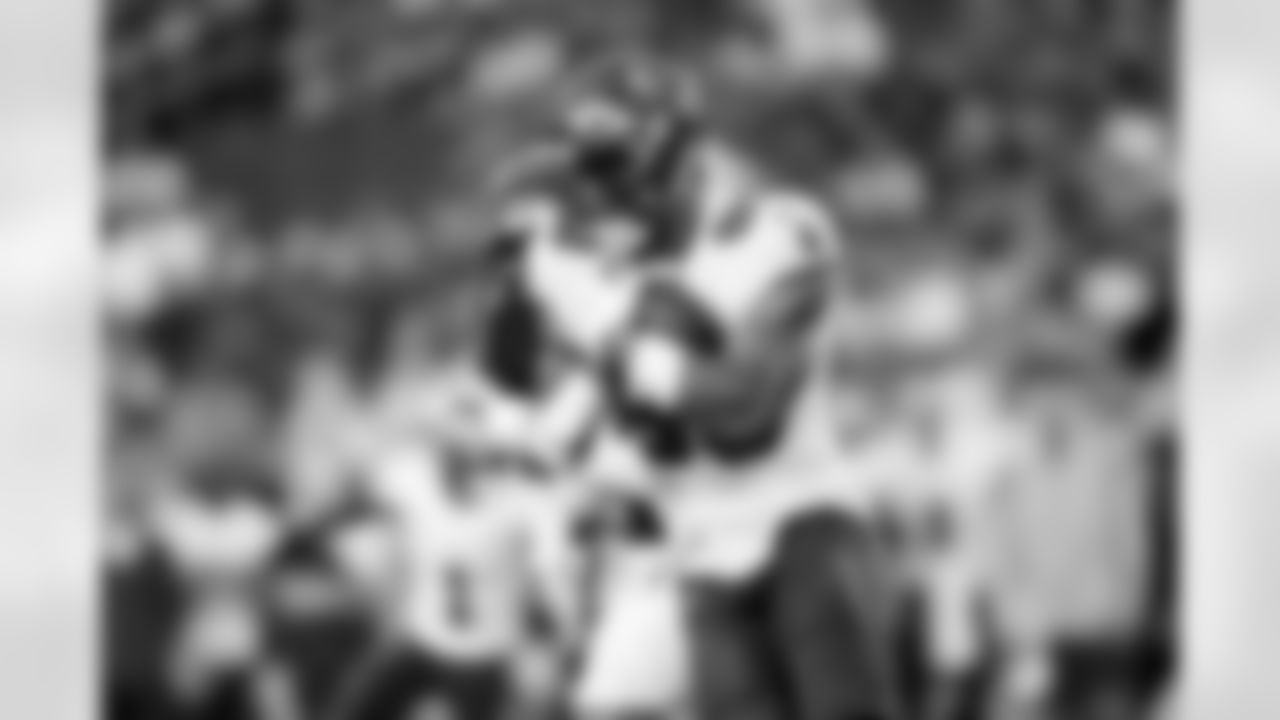
TE O.J. Howard

C Ryan Jensen
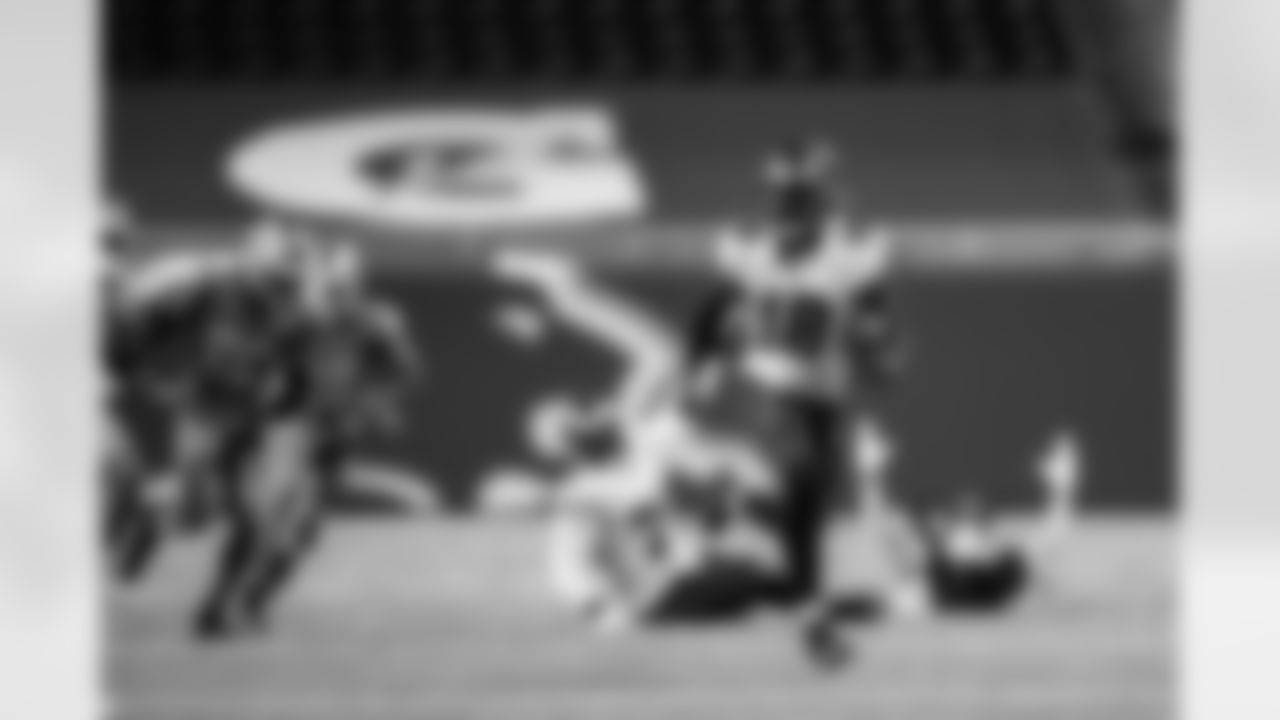
WR Tyler Johnson
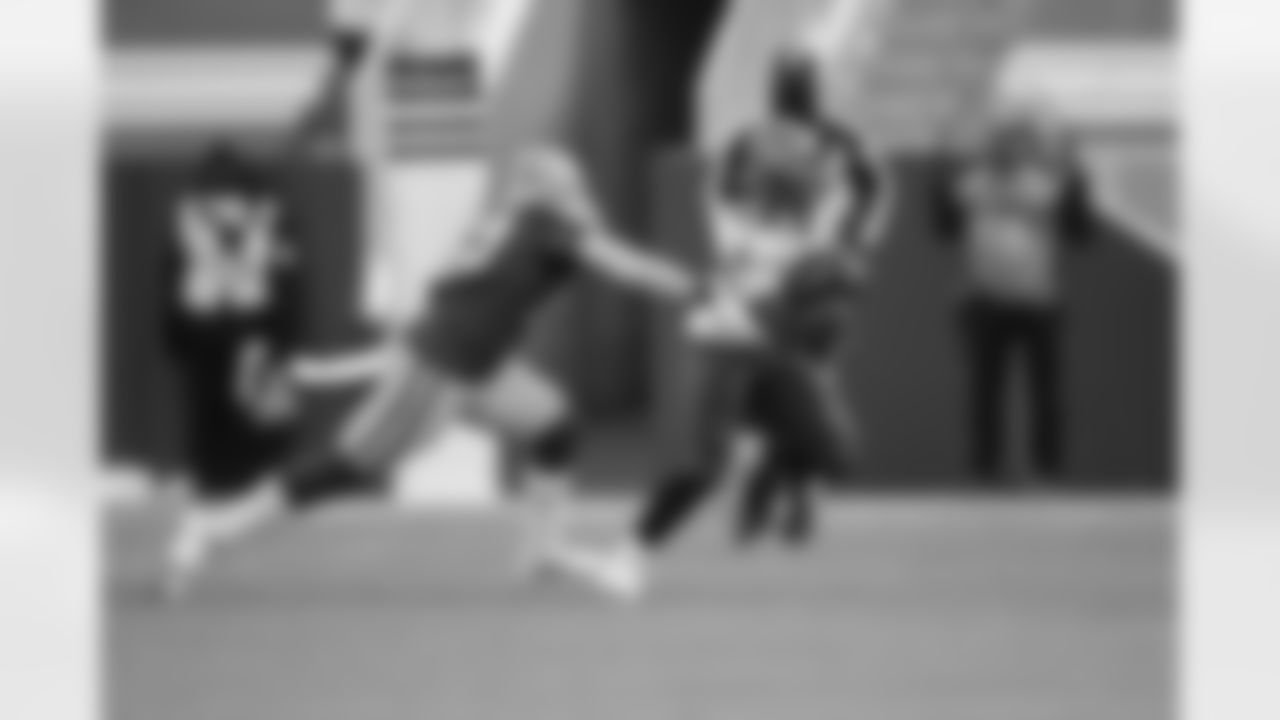
RB Ronald Jones II
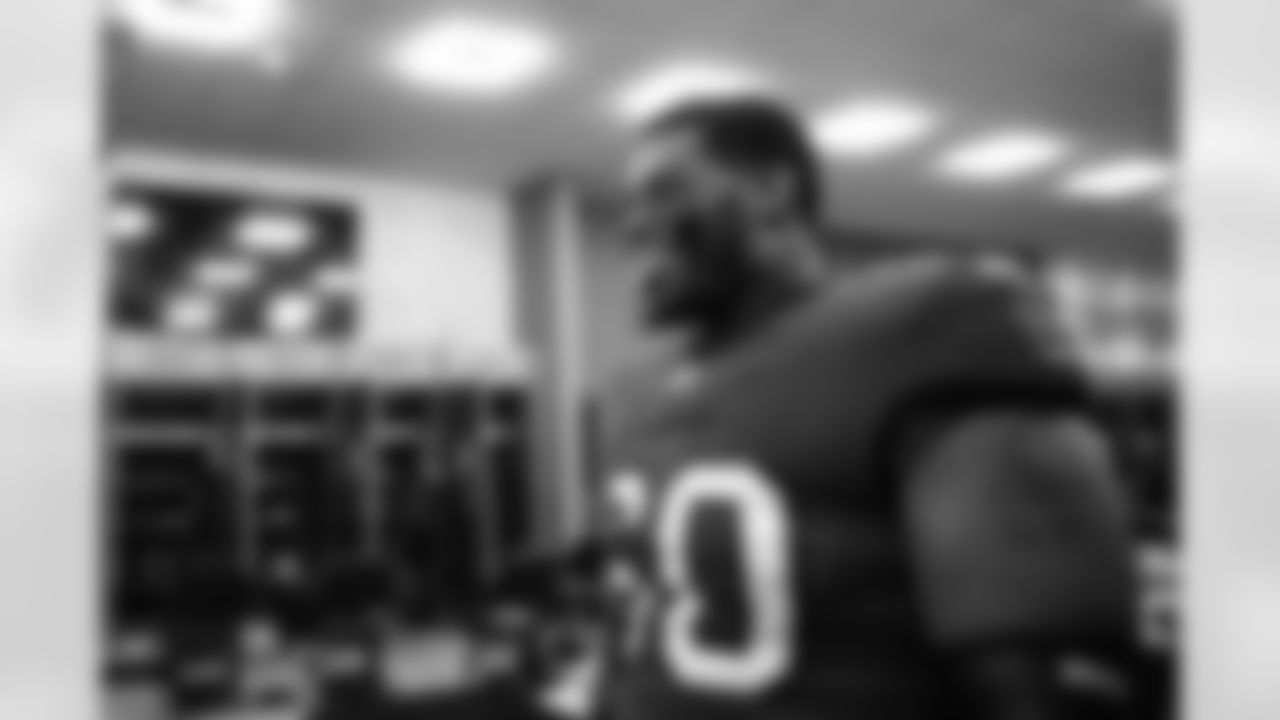
G Nick Leverett
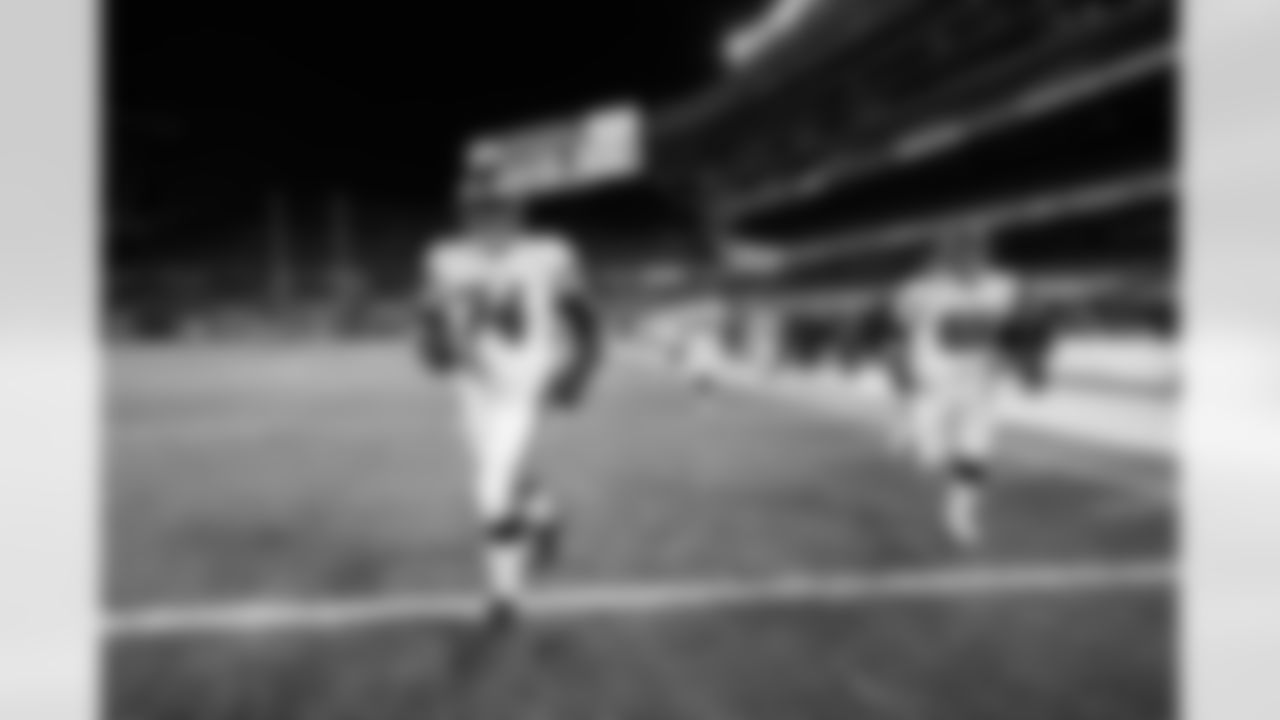
G Ali Marpet
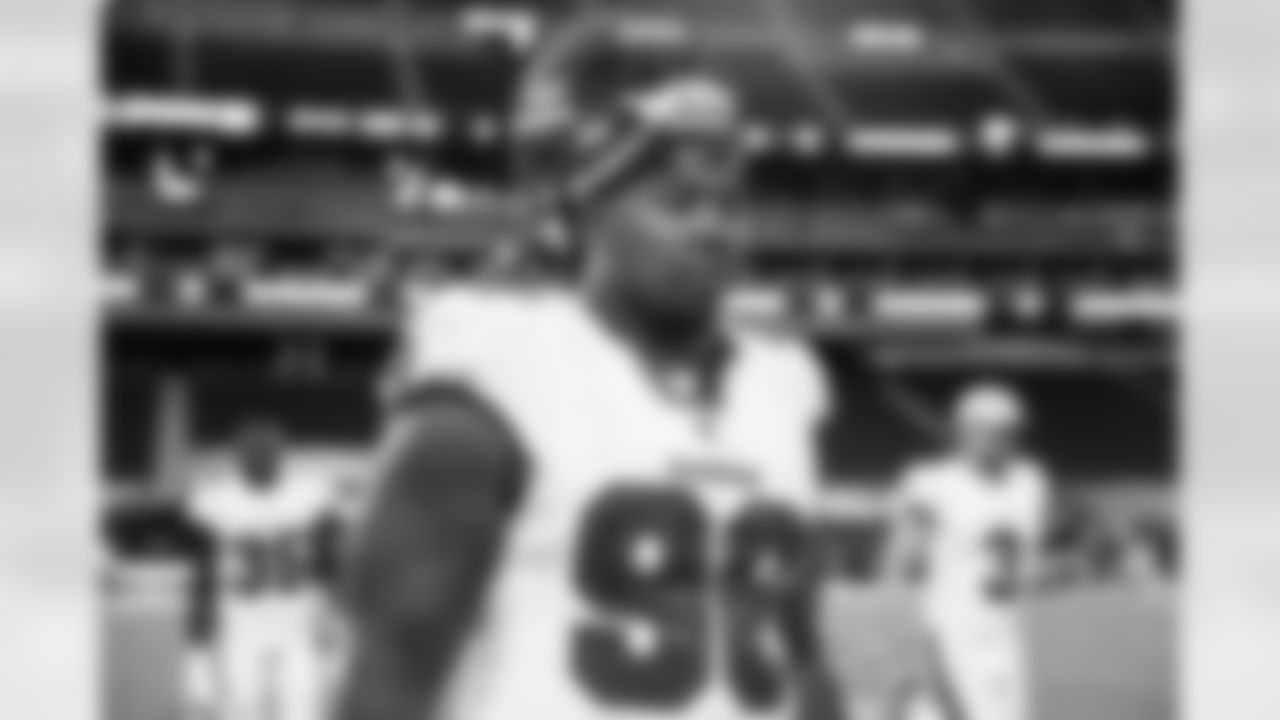
DT Steve McLendon

WR Scotty Miller
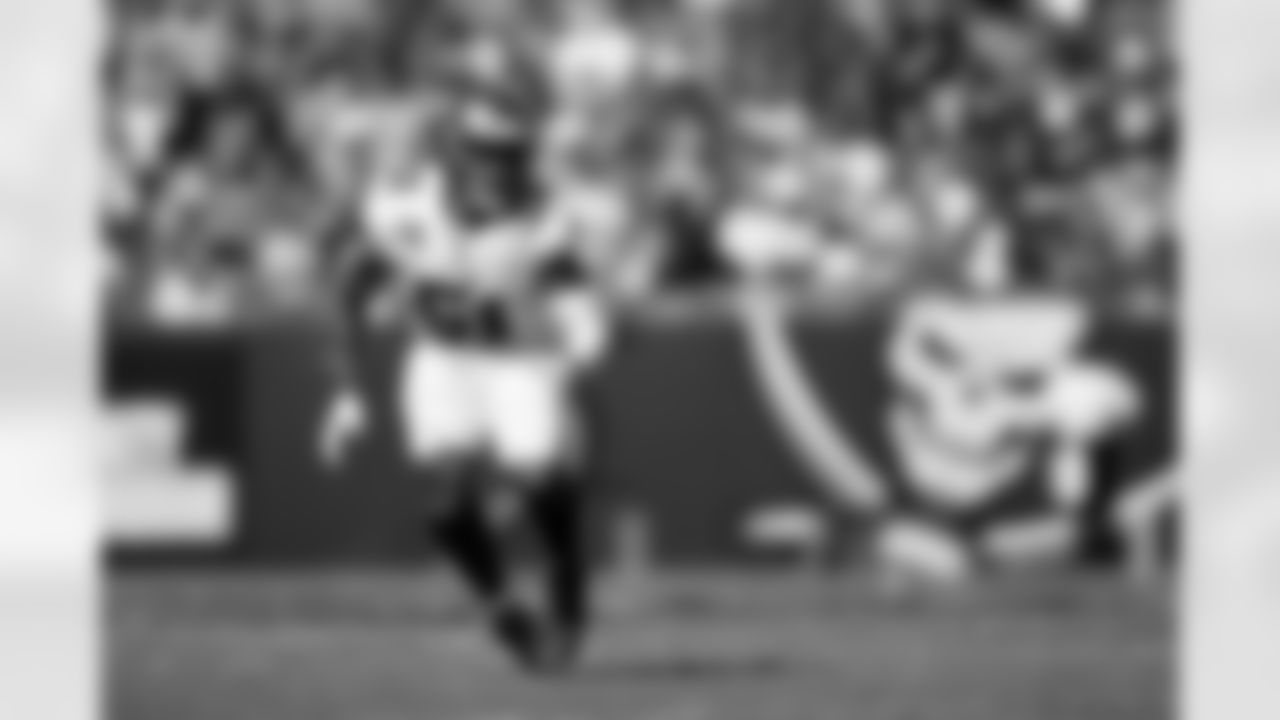
ILB Kevin Minter

CB Sean Murphy-Bunting

OLB Anthony Nelson
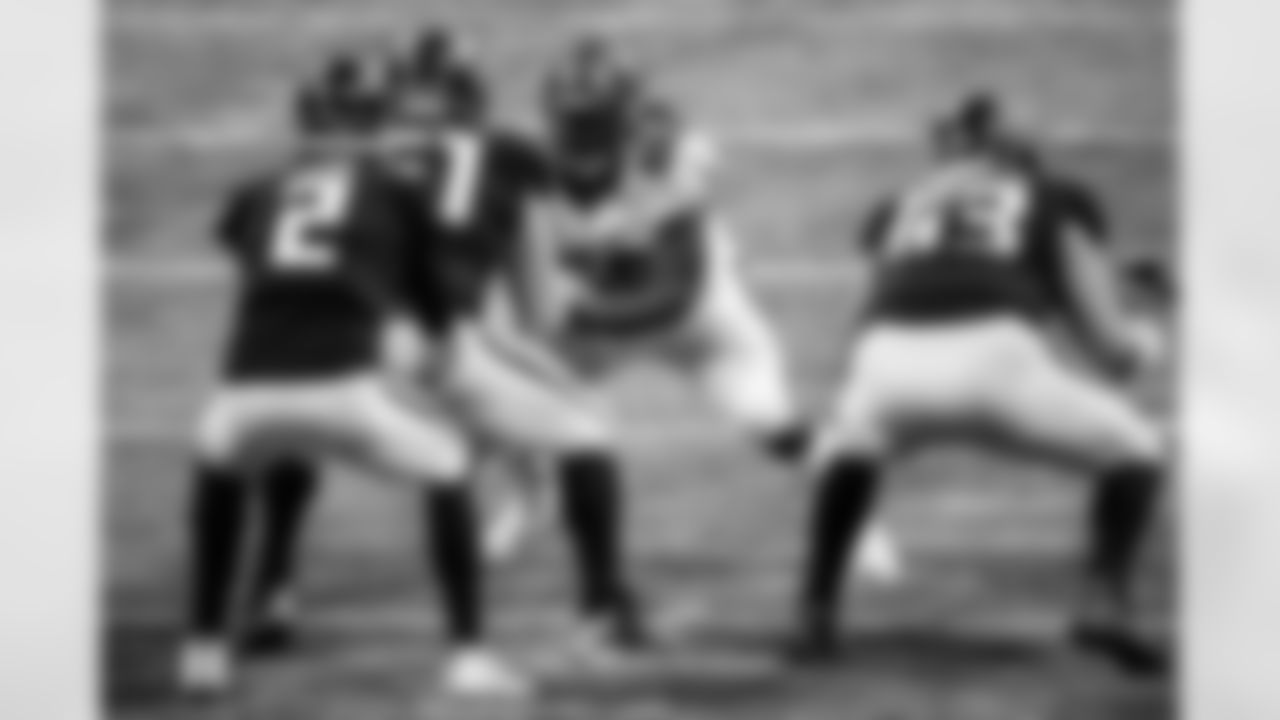
DT Rakeem Nunez-Roches
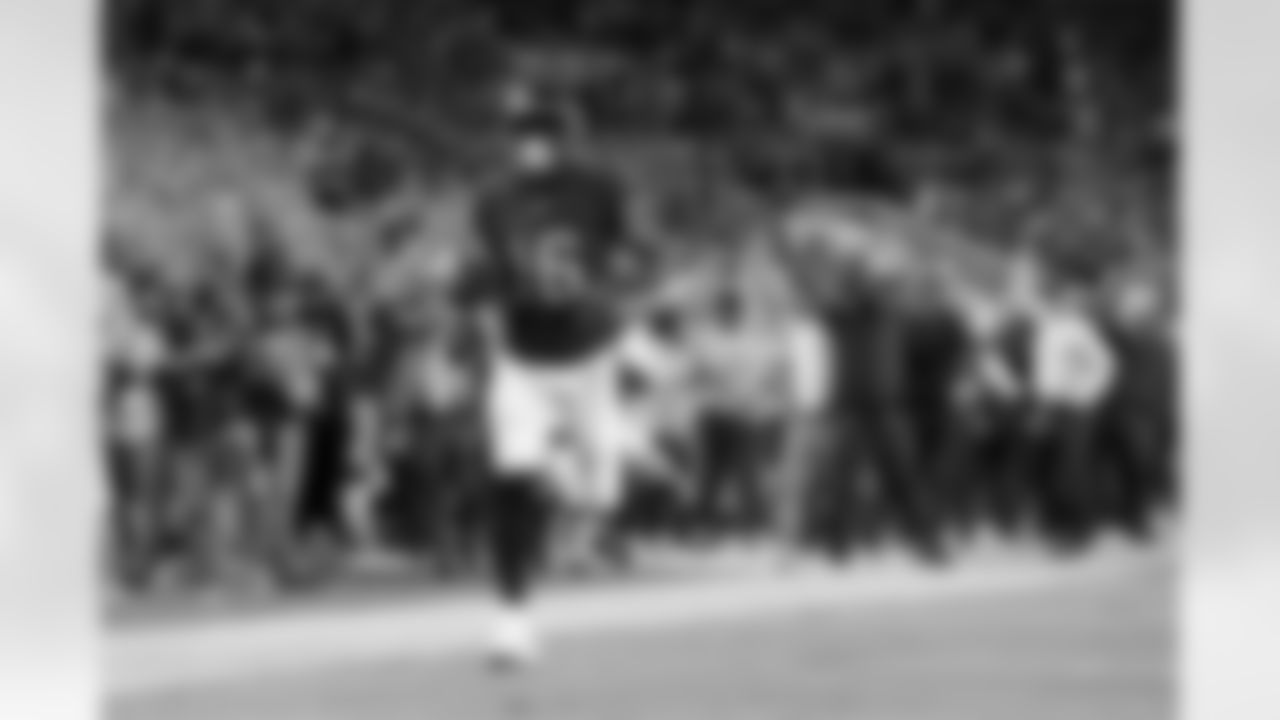
WR Breshad Perriman

OLB Jason Pierre-Paul

P Bradley Pinion
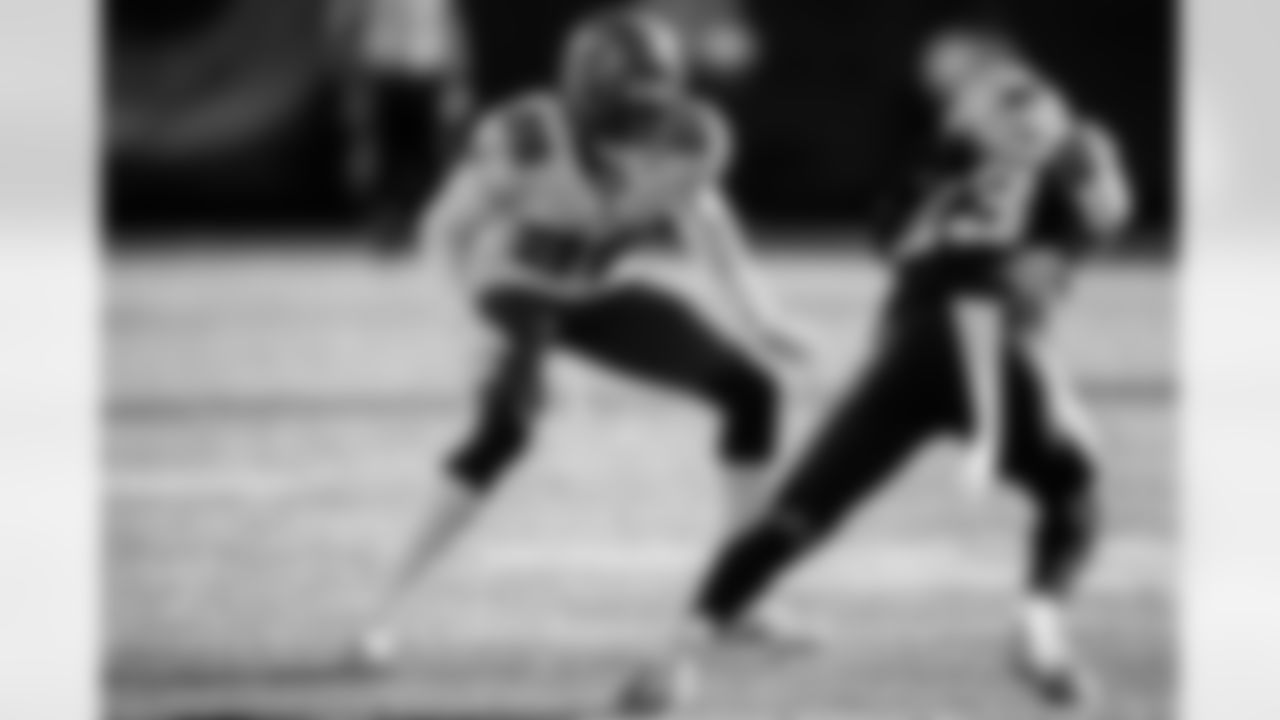
CB Rashard Robinson
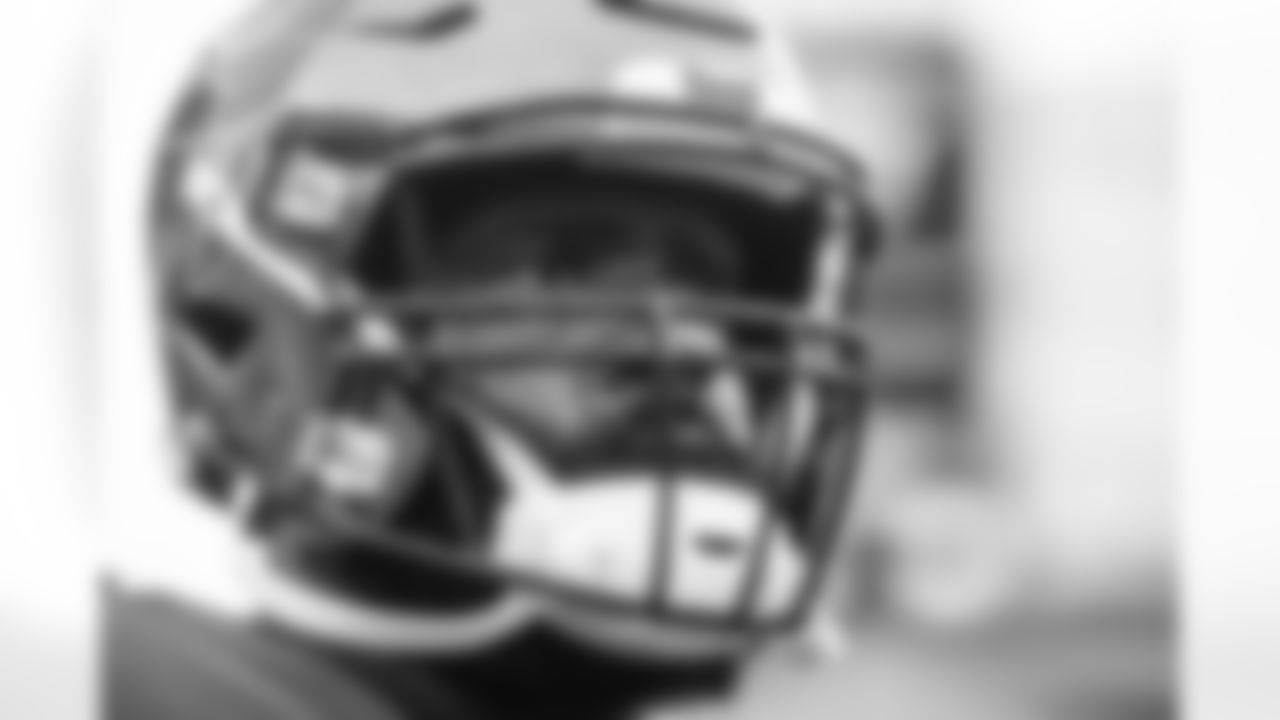
OT Donovan Smith

G Aaron Stinnie
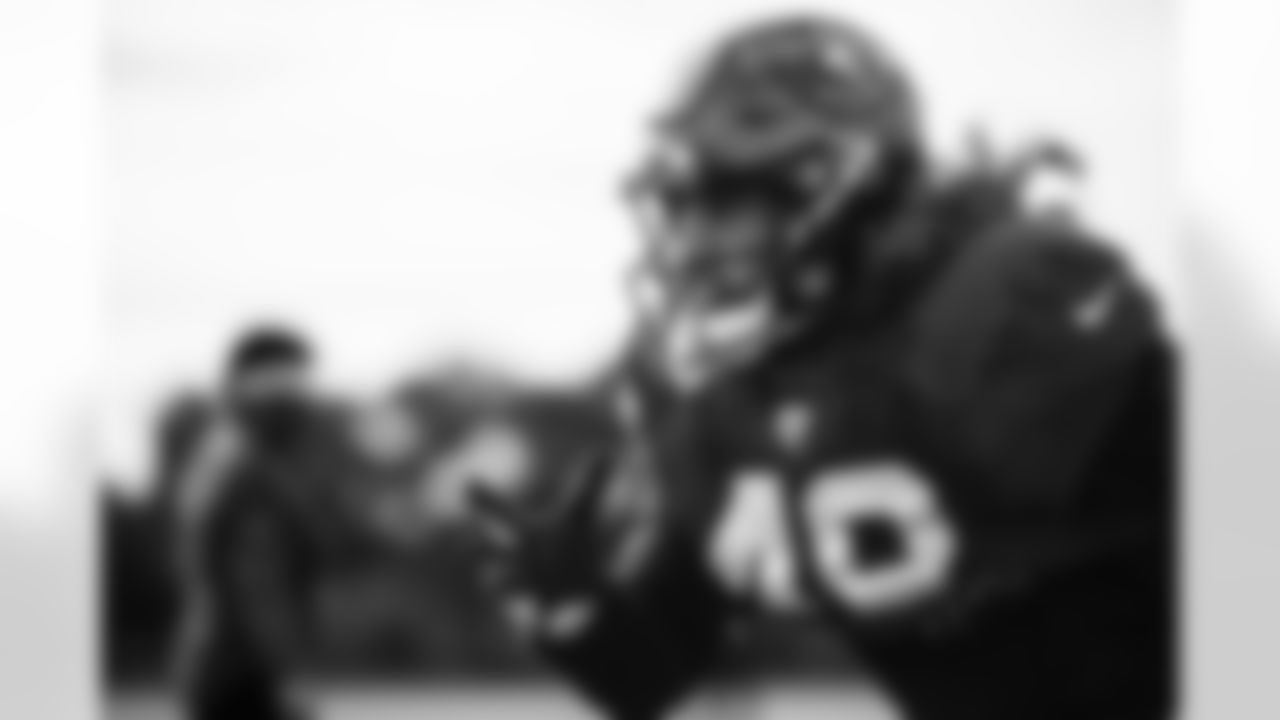
ILB Grant Stuard

K Ryan Succop
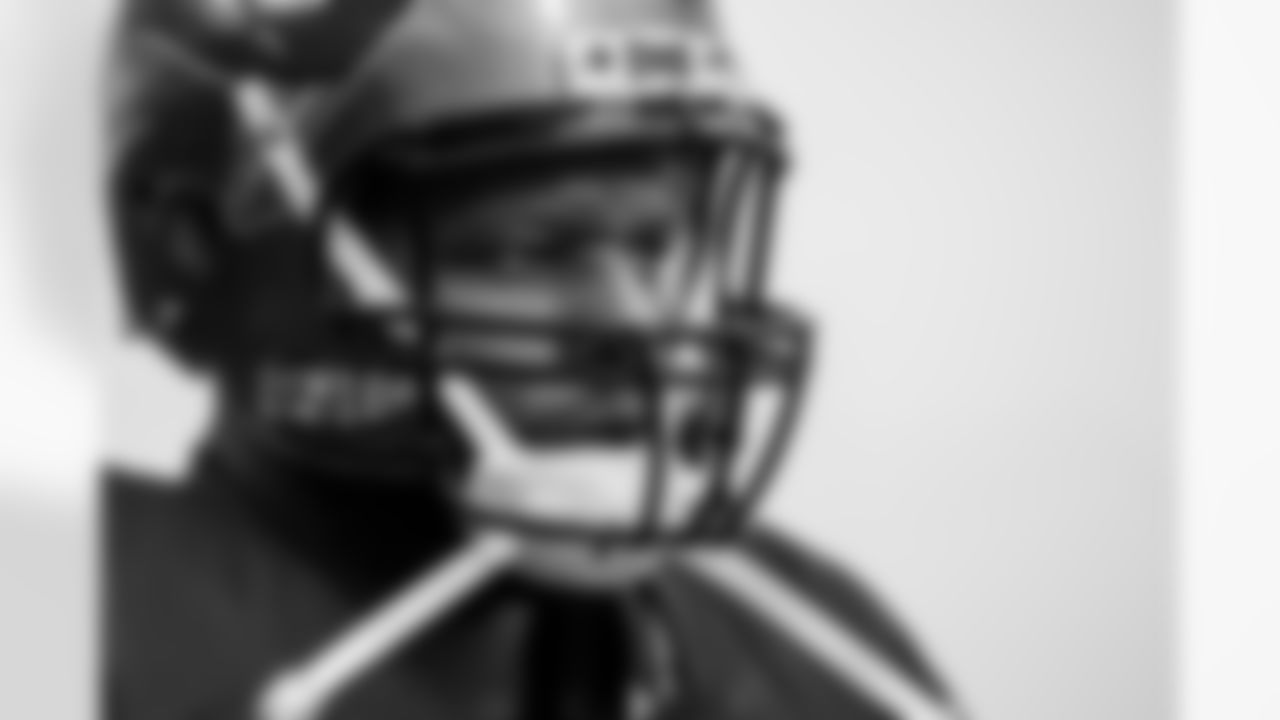
DL Ndamukong Suh
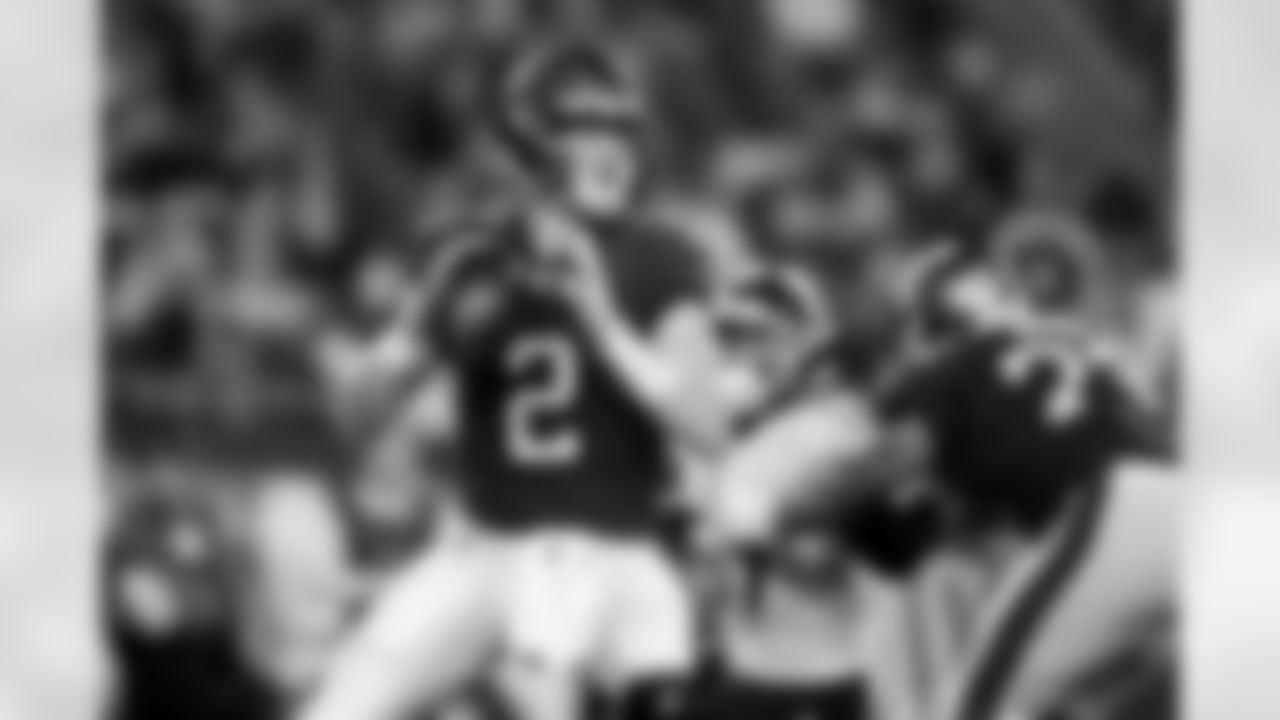
QB Kyle Trask

LS Zach Triner
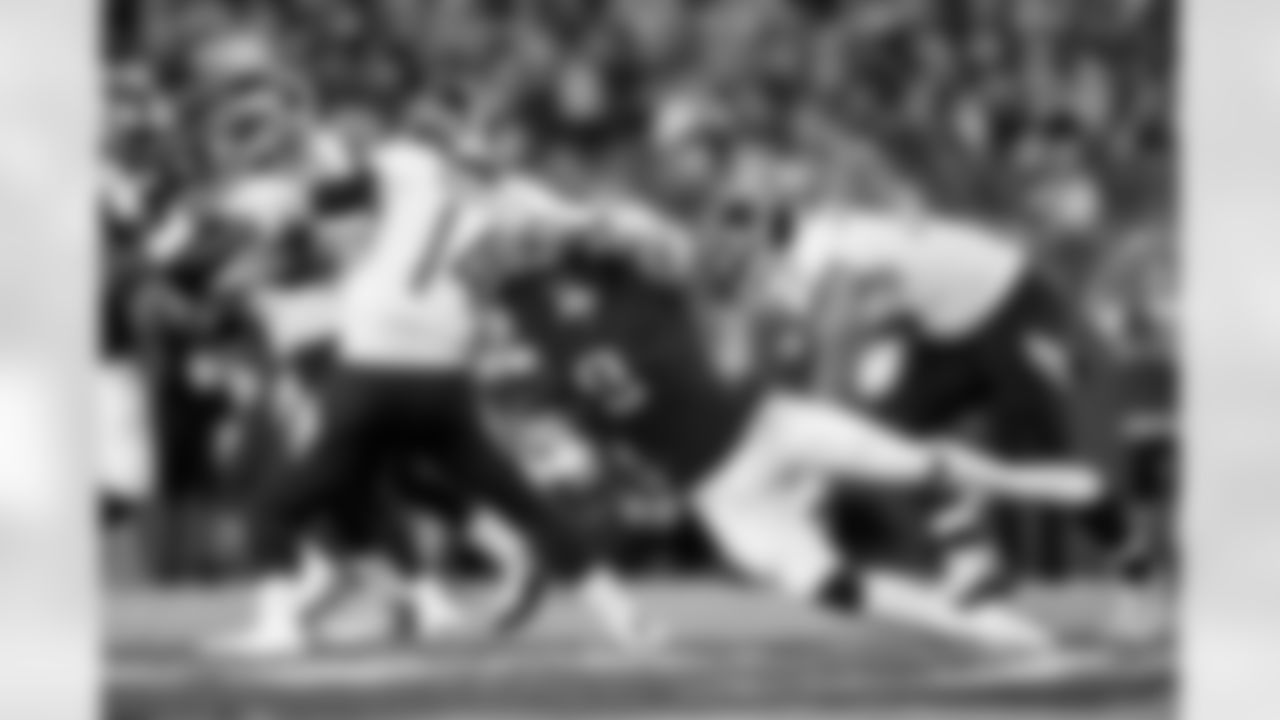
OLB Joe Tryon-Shoyinka
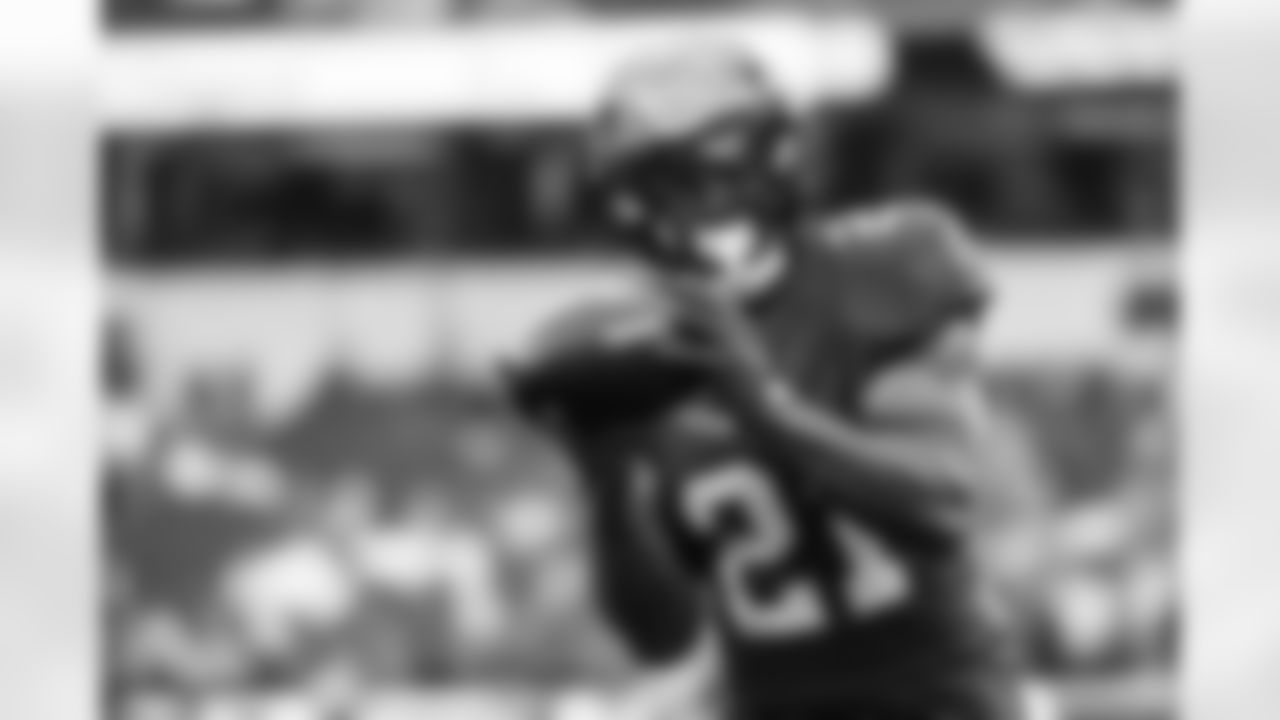
RB Ke'Shawn Vaughn
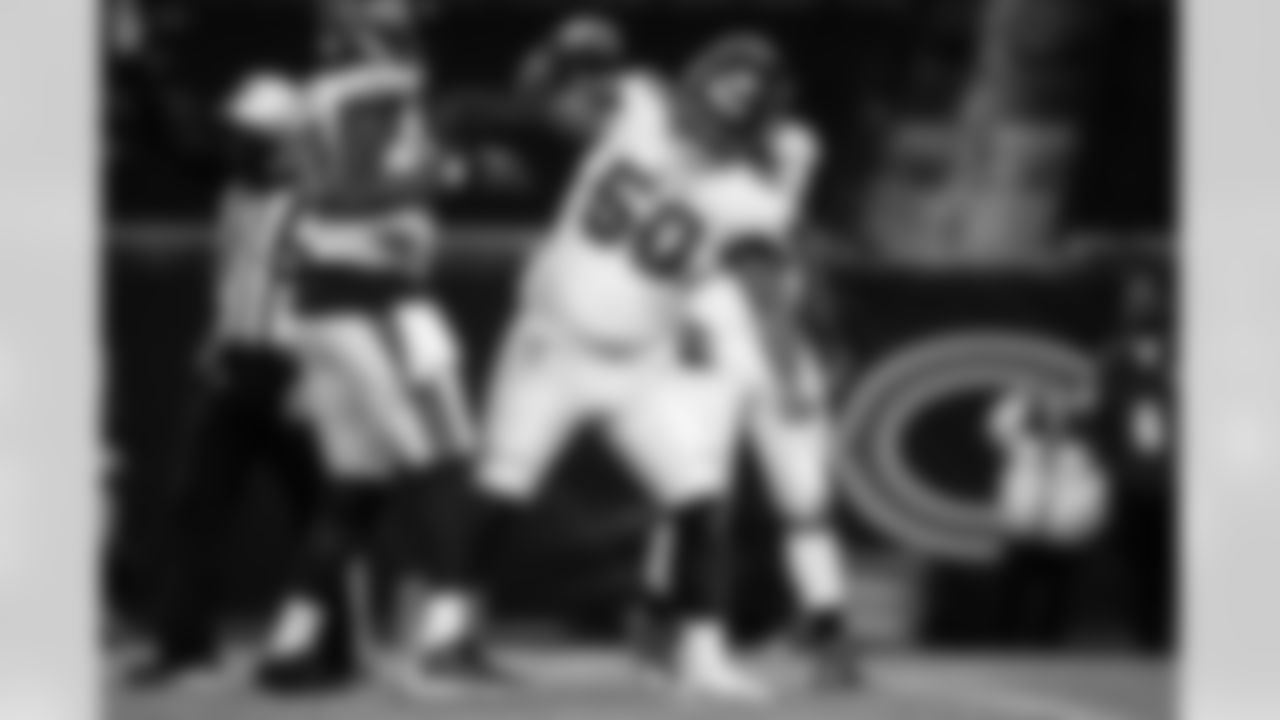
DT Vita Vea

WR Justin Watson
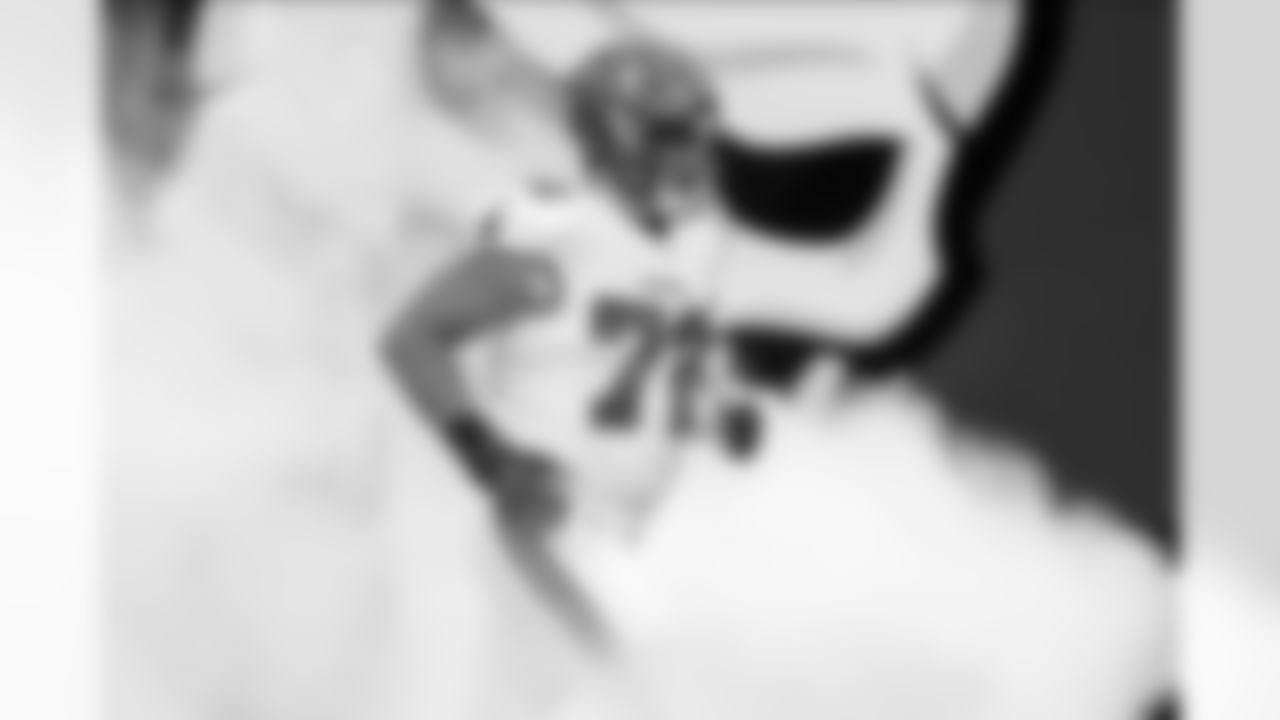
OT Josh Wells
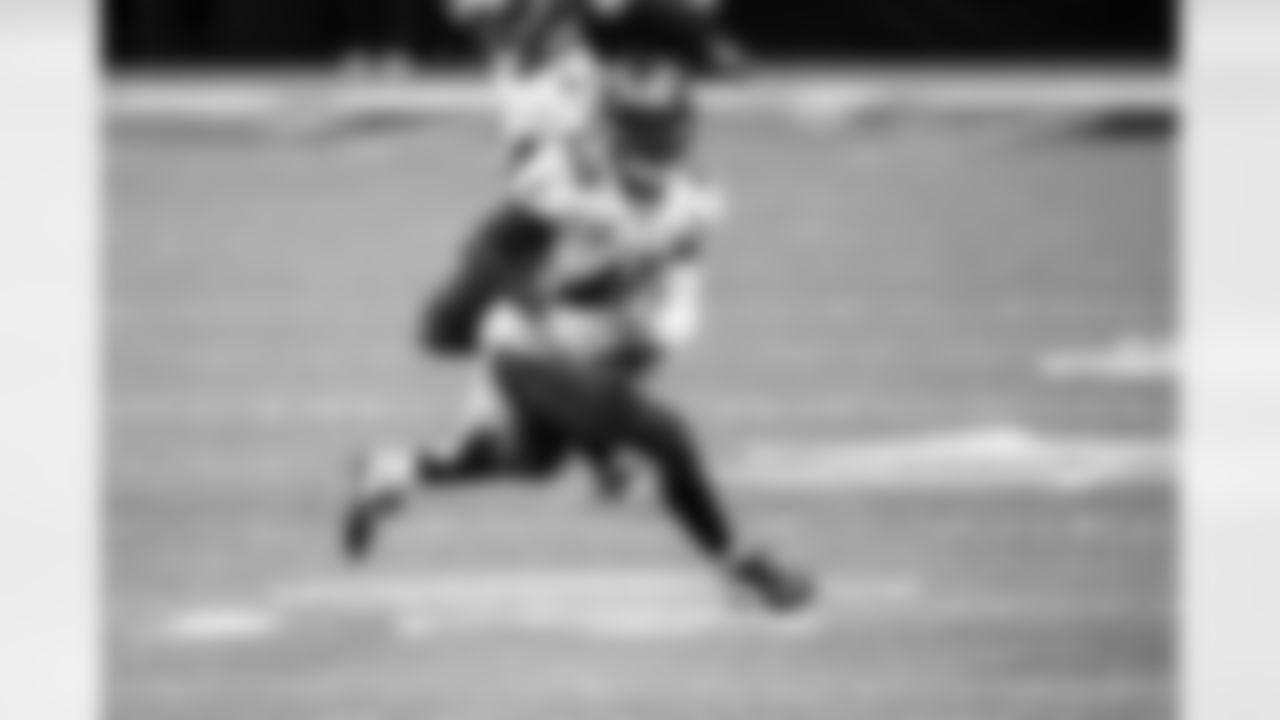
ILB Devin White
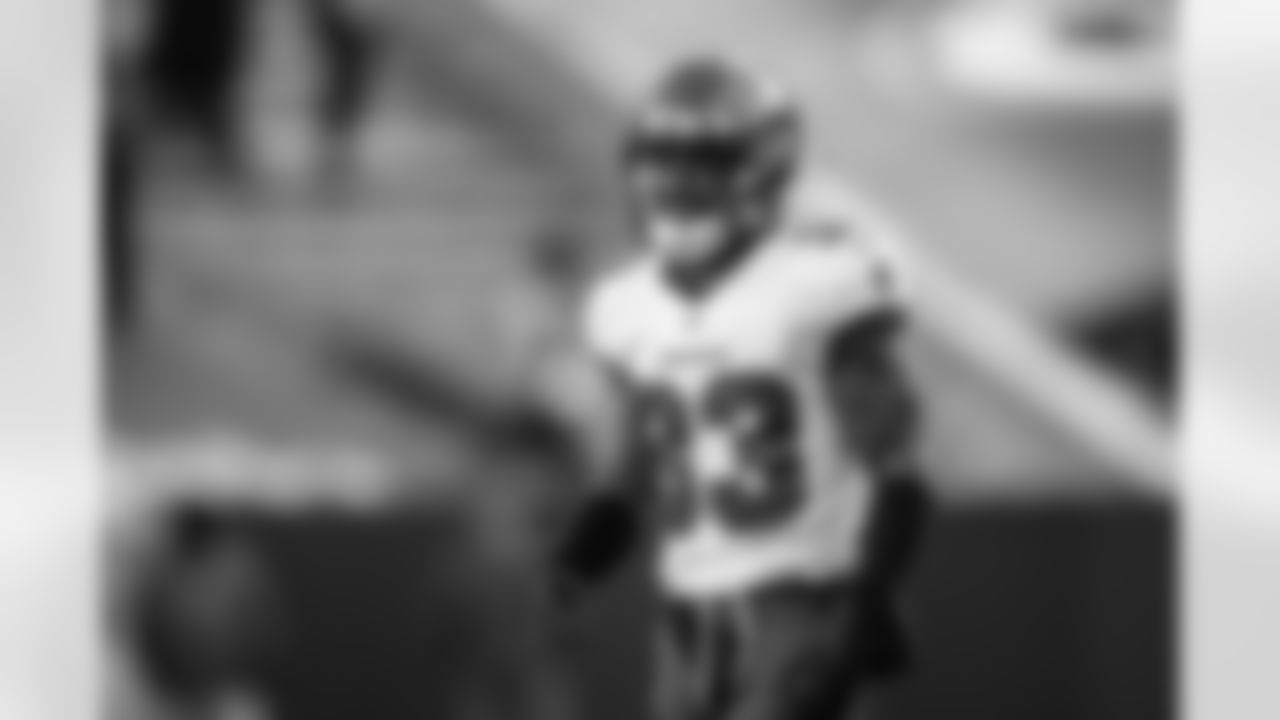
S Jordan Whitehead
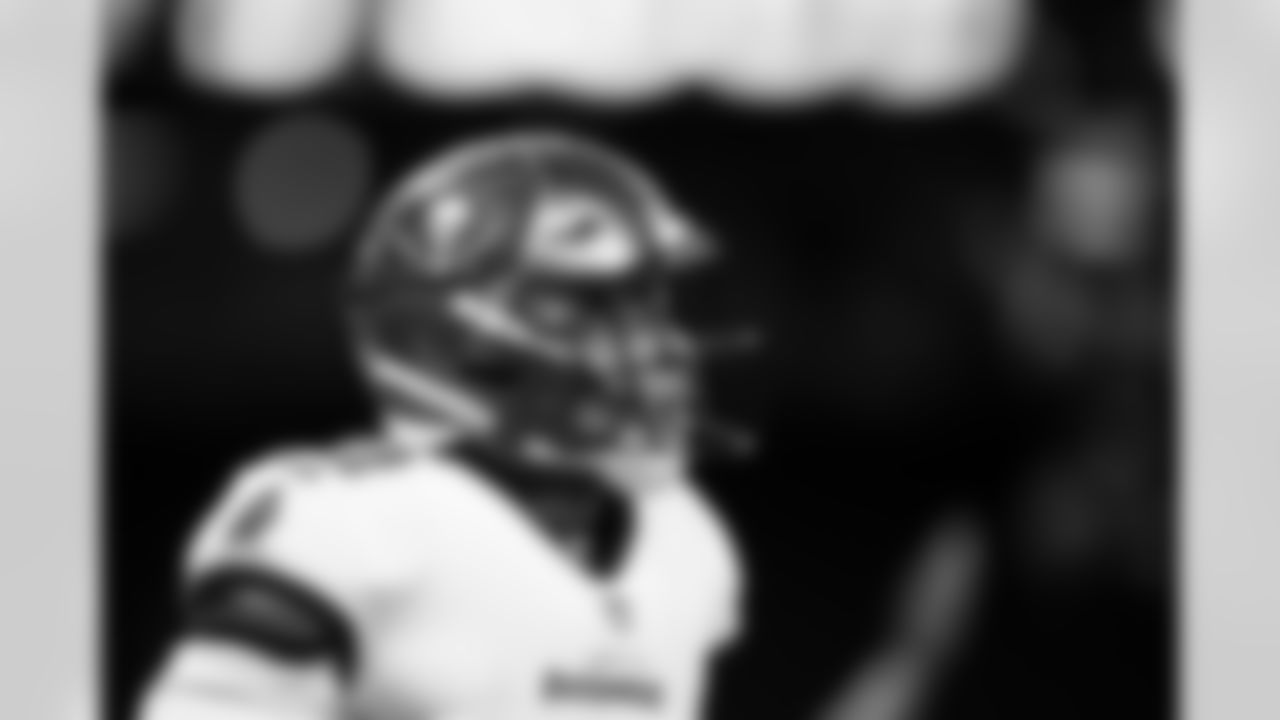
S Antoine Winfield Jr.
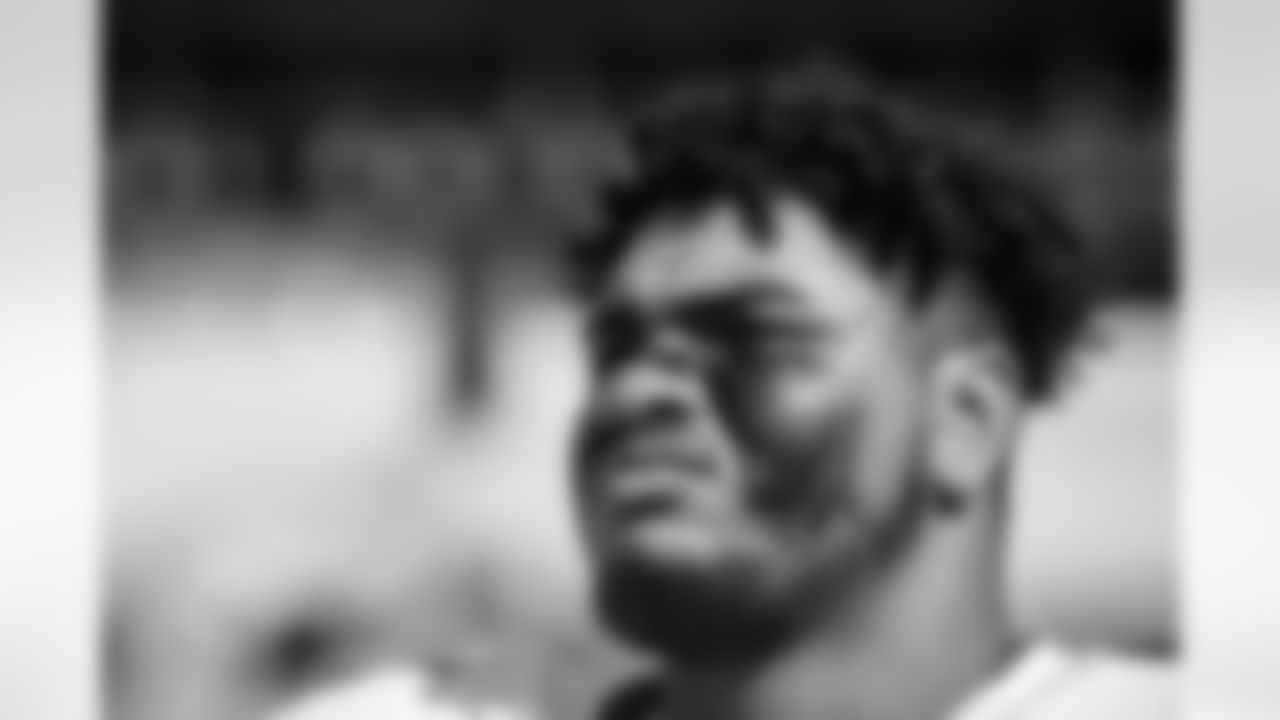
T Tristan Wirfs
WEAKNESSES
Unlike it's defense, Chicago's offense has really struggled in the red zone, ranking 31st with a touchdown rate of 33.9%. The Bears' special teams coverage squads have been a little leaky, giving up 11.2 yads per punt return and 25.5 yards per kickoff return to rank 26th and 24th in the league in those categories, respectively. In addition:
· The Bears' offense is struggling on third downs so far. Chicago has only converted 19 of its 56 tries this season, a 33.9% success rate that is second to last in the NFL. The Bears have faced 30 third downs of more than five yards so far and converted on just seven of them (23.3%).
· Chicago has committed a high number of penalties through four games. The 29 accepted penalties against them and the 279 yards they've cost both are the fifth-highest totals in the league. The defense has been the bigger culprit, as 19 of those penalties for 187 yards have been drawn with the defense on the field. That includes five for pass interference, three for roughing the passer, three for defensive holding and two for unnecessary roughness.
· The Bears' passing attack is producing an average of 5.93 yards per dropback, which ranks 27th in the NFL. They have actually been a little bit less successful when putting three receivers on the field. When they are in "11" personnel, the Bears' average per pass play drops to 5.23 yards, and they have only had successful plays 43% of the time. In contrast, out of two-TE sets the Bears are averaging 7.60 yards per pass play and a 65% success rate*.
· While the Bears' four-man pass-rush has had a good pressure rate, as noted above, their blitzes have been a high risk/reward proposition. Chicago does have five of its six sacks out of blitzes but on the 28 plays where they haven't gotten the quarterback down they have surrendered a passer rating of 109.5. Opponents have two of their passing touchdowns against the blitz and are averaging 7.9 yards per attempt.
(* A play is deemed a success on first down if it gets 40% or more of the needed yards for a first down, on second down if its 50% of the needed yards and on third and fourth downs if it gets the first down.)
NEW FACES IN 2020
We've obviously covered the most significant newcomer to the 2020 Bears, as quarterback Nick Foles needed just three games to send former first-round pick Mitchell Trubisky to the bench. The Bears also had to find a new kicker just before the season when Eddy Pineiro made it through to the 53-man roster but was then placed on injured reserve. Pineiro had battled with former Buccaneer Cairo Santos for the job, and Santos started the season on the practice squad but has since been signed to the active roster. Most of the Bears' additions in the offseason were depth signings, but they did rework the tight end room in free agency and the draft and they found a veteran edge rusher to replace Leonard Floyd.
1. TEs Jimmy Graham/Cole Kmet. The Bears famously had nine tight ends on their roster right after the 2020 draft but have since pared it down to five. At the top of the list is former Saint, Seahawk and Bear Jimmy Graham, who currently leads the team with three touchdown passes. Chicago then used the 43rd-overall pick in the draft to grab Notre Dame's Cole Kmet, who has one catch through the team's first four games.
2. OLB Robert Quinn. The Bears used the ninth-overall pick in the 2016 draft on edge rusher Leonard Floyd, but Floyd's sack numbers dropped in each successive season in Chicago, to just three last year, and the Bears released him and turned to Quinn, who had most recently been with the Cowboys in 2019. Quinn had 11.5 sacks in Dallas and came to Chicago with 80.5 sacks in his nine-year career. He has one sack so far in 2020.
3. CB Jaylon Johnson/S Tashaun Gipson. The Bears switched out half of their starting secondary in 2020 after releasing cornerback Prince Amukamara in February and choosing not to re-sign safety Ha Ha Clinton-Dix. Taking over those two spots, respectively, are Johnson, a second-round pick out of Utah, and Gipson, who had been let go by Houston. Gipson has 108 career starts with Cleveland, Jacksonville, the Texans and now the Bears.
ABSENCES/POTENTIAL ABSENCES
1. Tarik Cohen. The Bears lost one of their more versatile weapons when Cohen tore an ACL in Week Three and had to be placed on injured reserve. Small (5-6, 191) but fast and shifty, Cohen had more than 2,500 yards from scrimmage over his first three seasons, and before his injury he had run for 74 yards and caught six passes in 2020.
2. S Deon Bush/S Sherrick McManis. Neither Bush nor McManis are starters, but the Bears could be thin at safety if both are unavailable on Thursday night. Neither practiced to start the week due to hamstring injuries. Bush has only played 49 defensive snaps in 2020 but he does have one of the Bears' three interceptions and he's also very active on special teams. McManis has played almost exclusively on special teams so far.



![sre]ThumbnailTemplate](https://static.clubs.nfl.com/image/private/t_editorial_landscape_mobile/t_lazy/f_auto/buccaneers/irhds17avaubh7rlvo0v.jpg)



